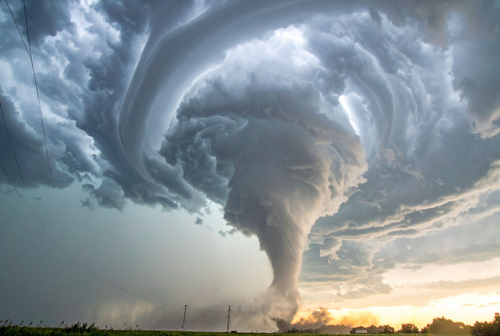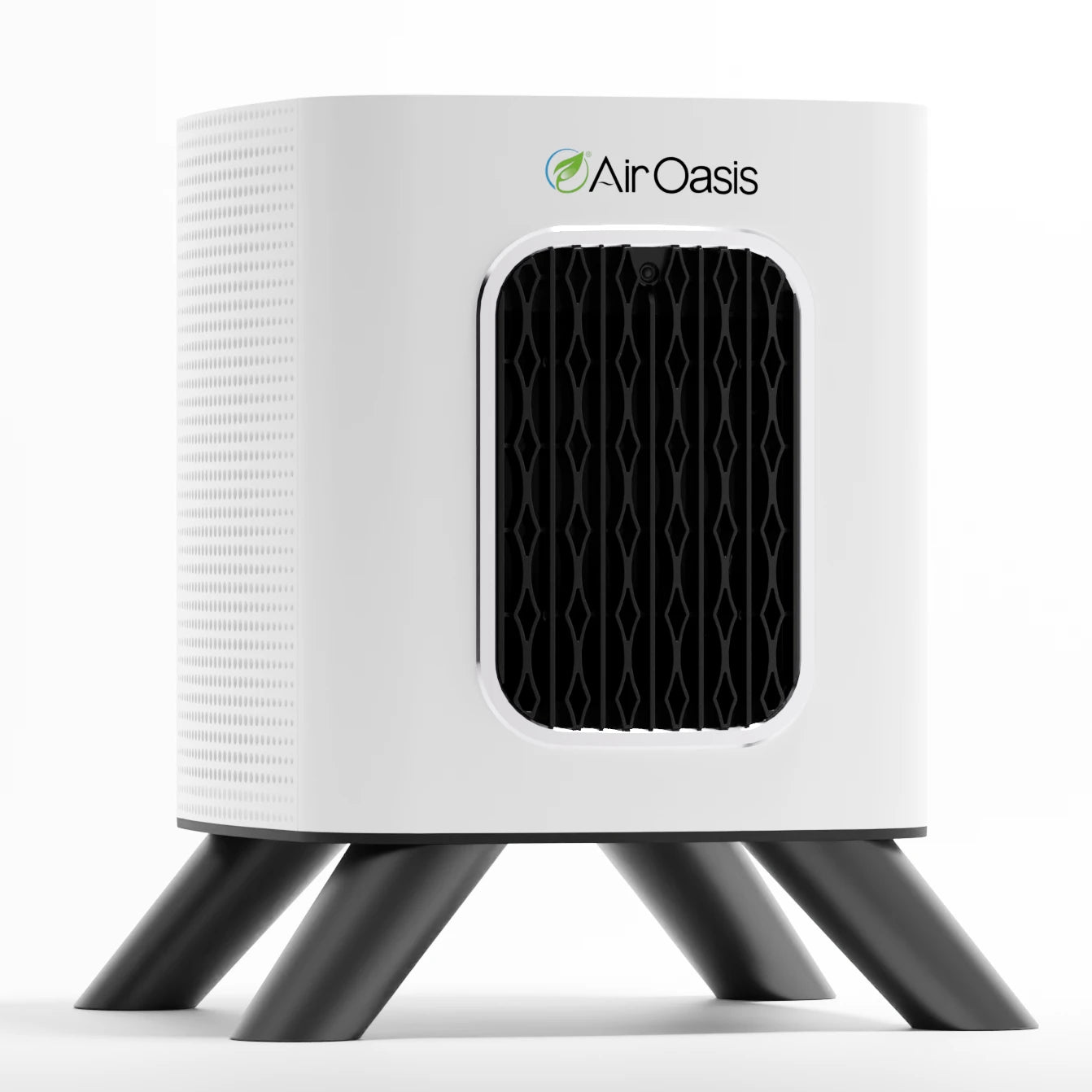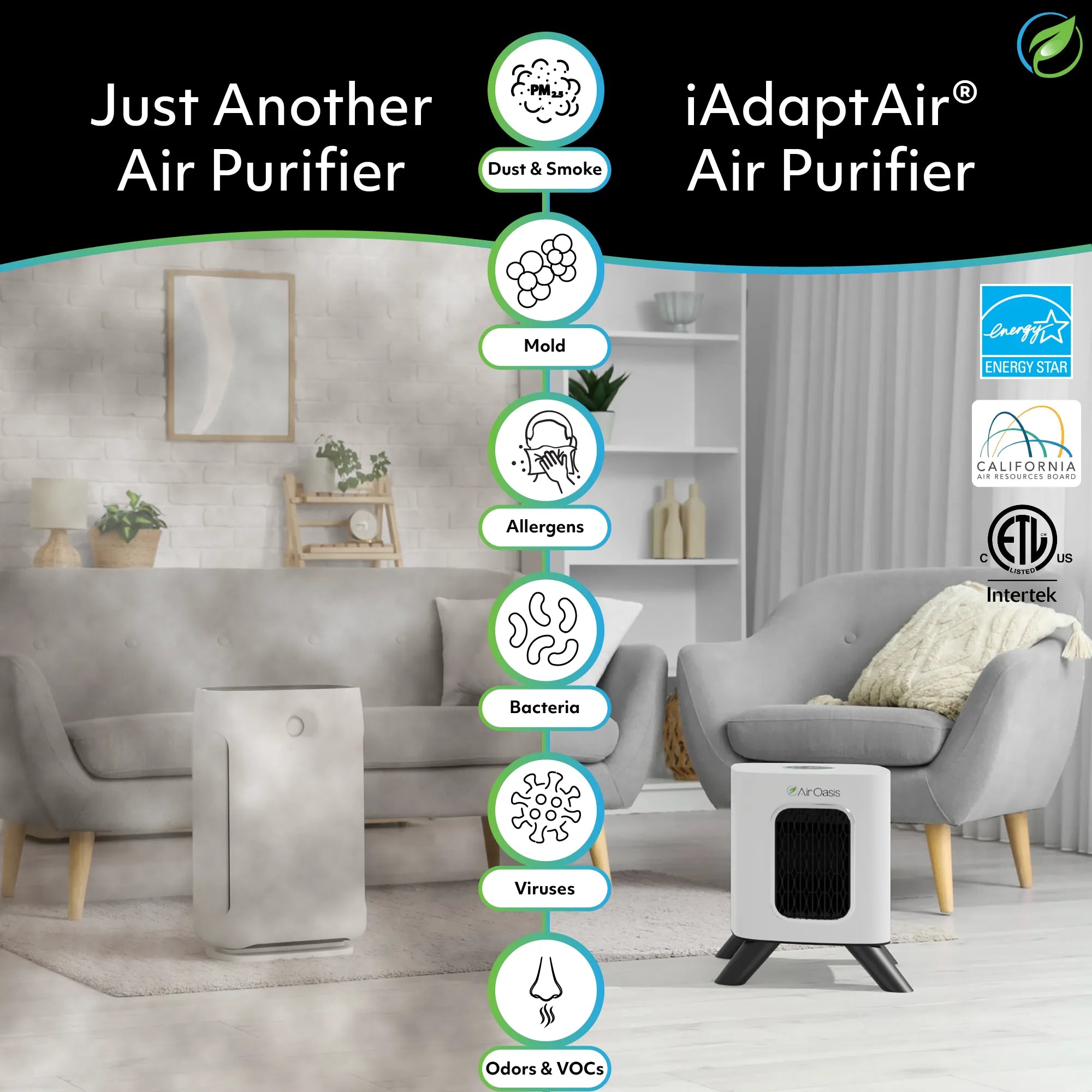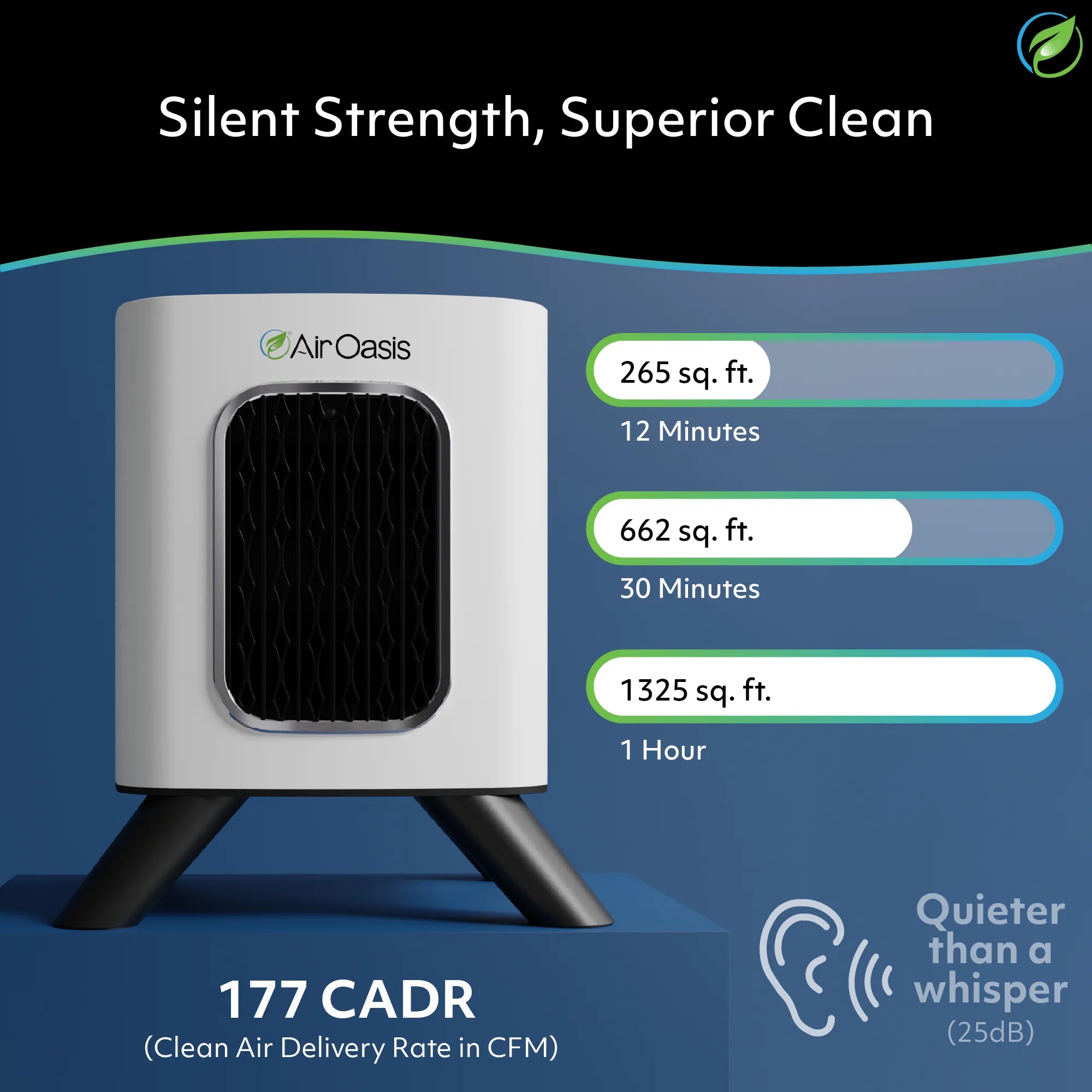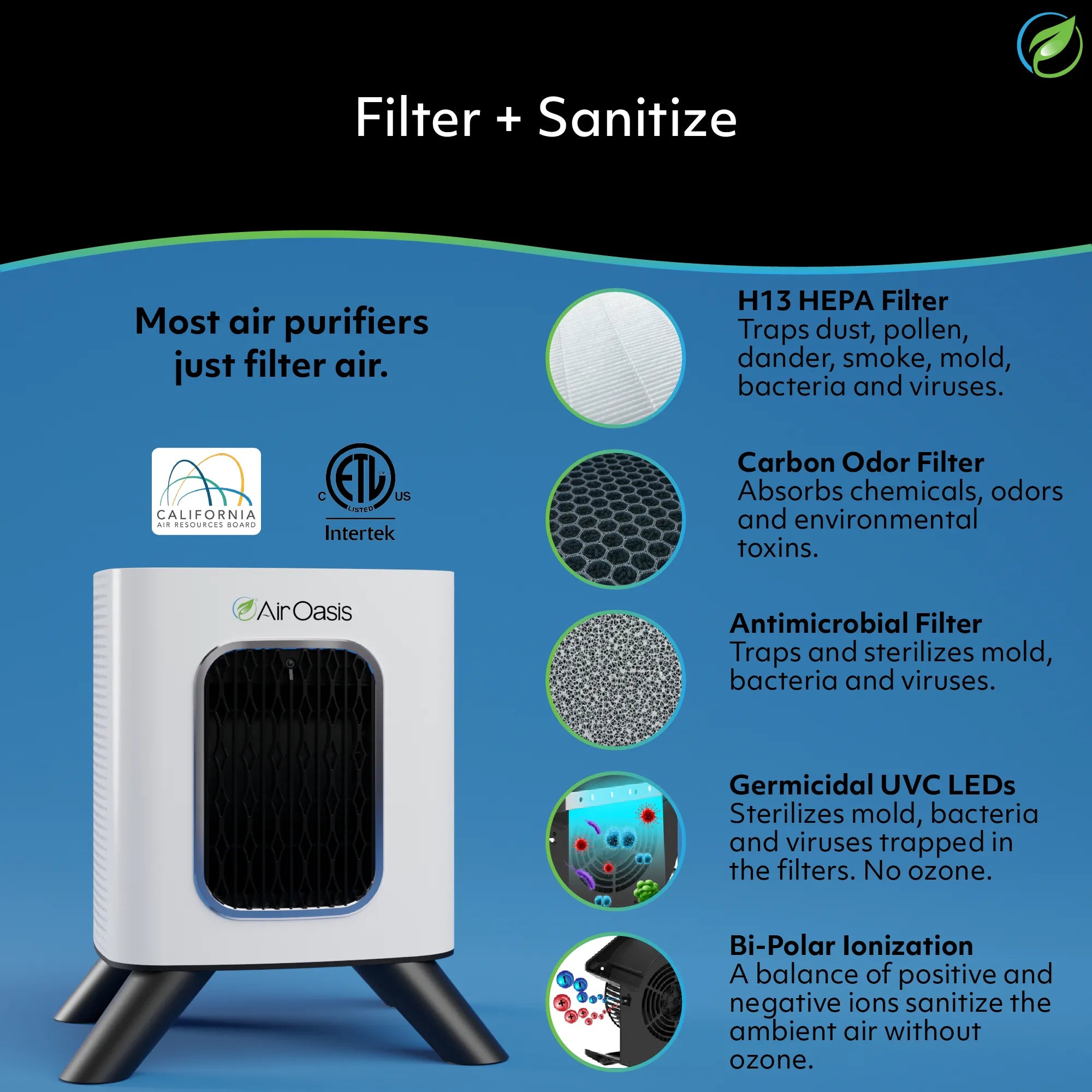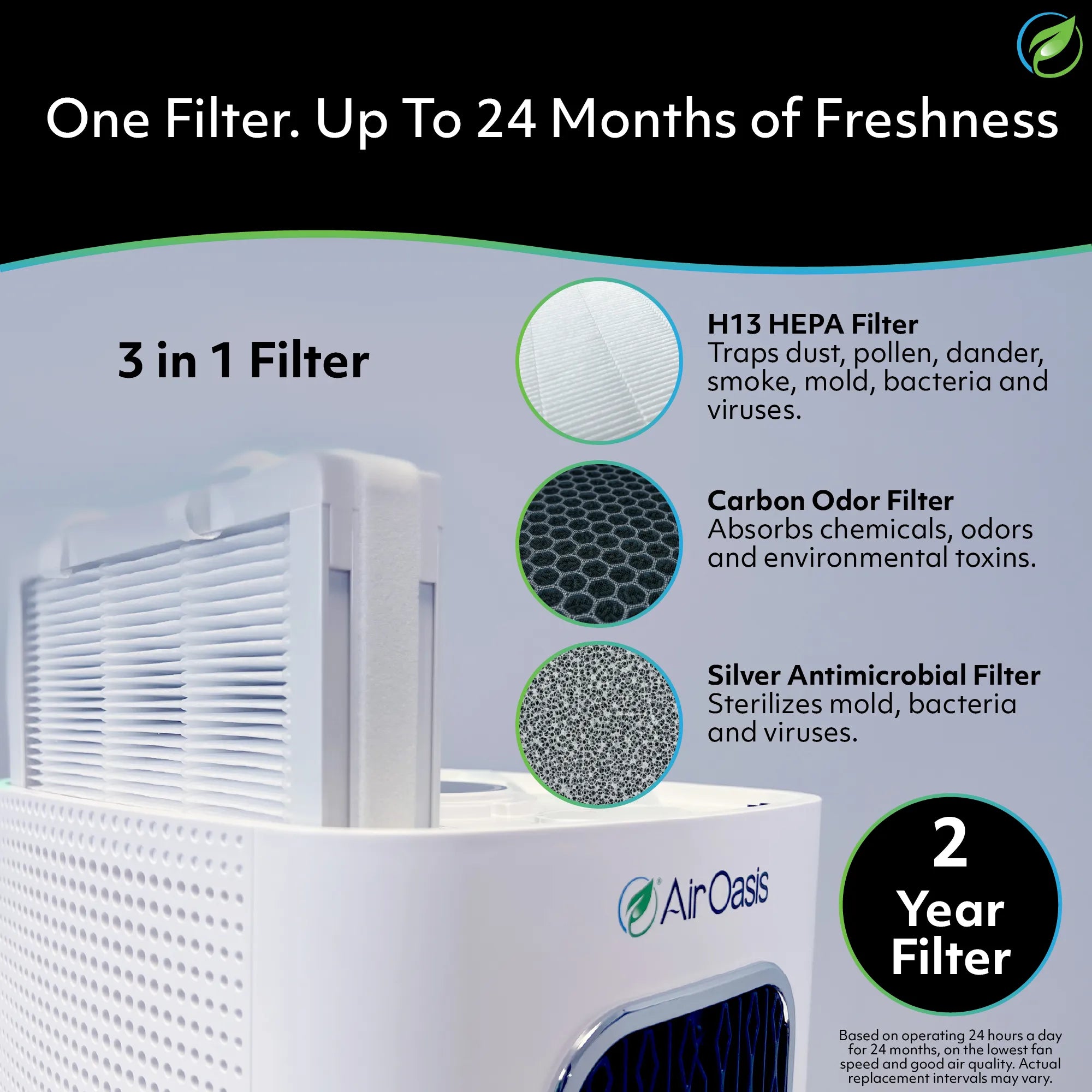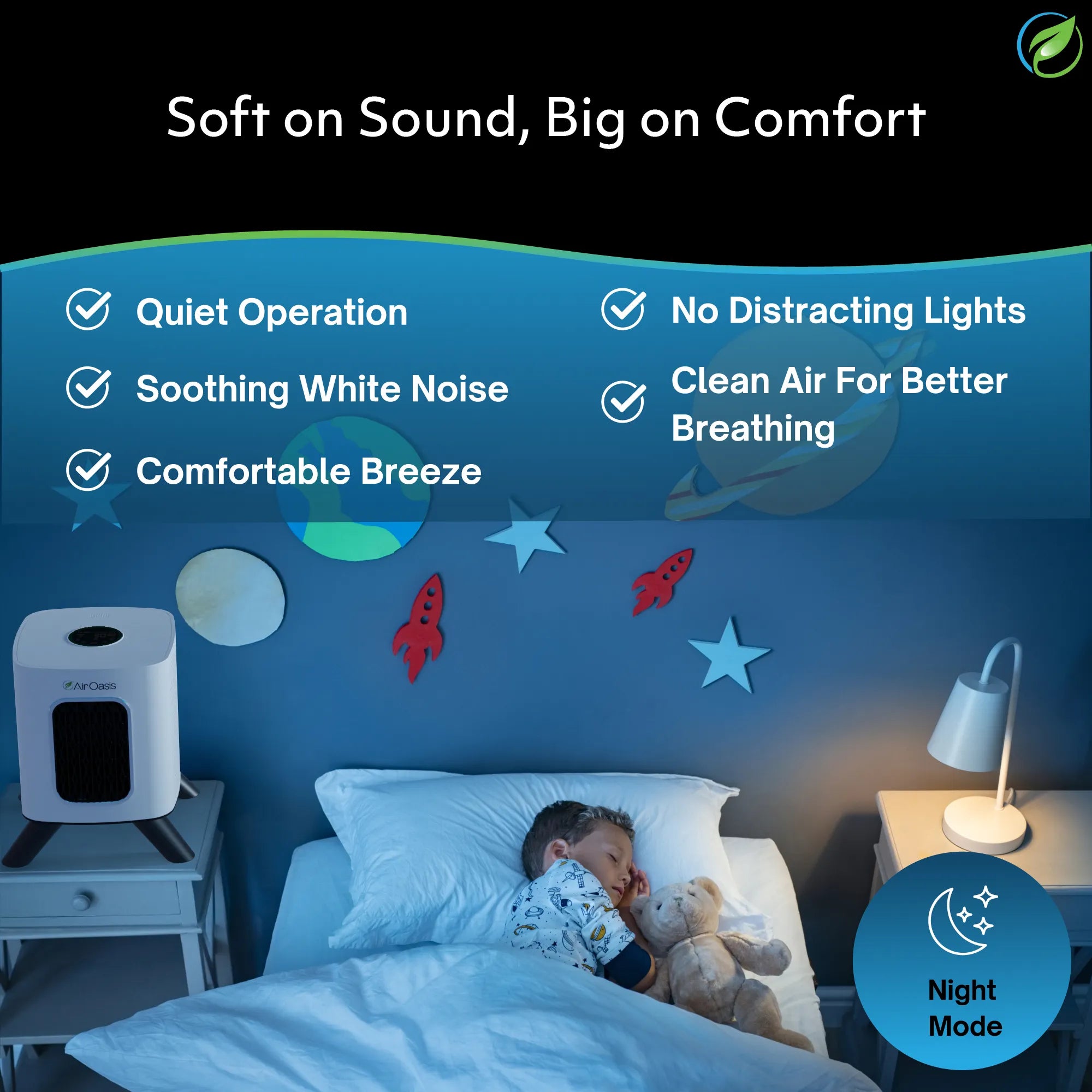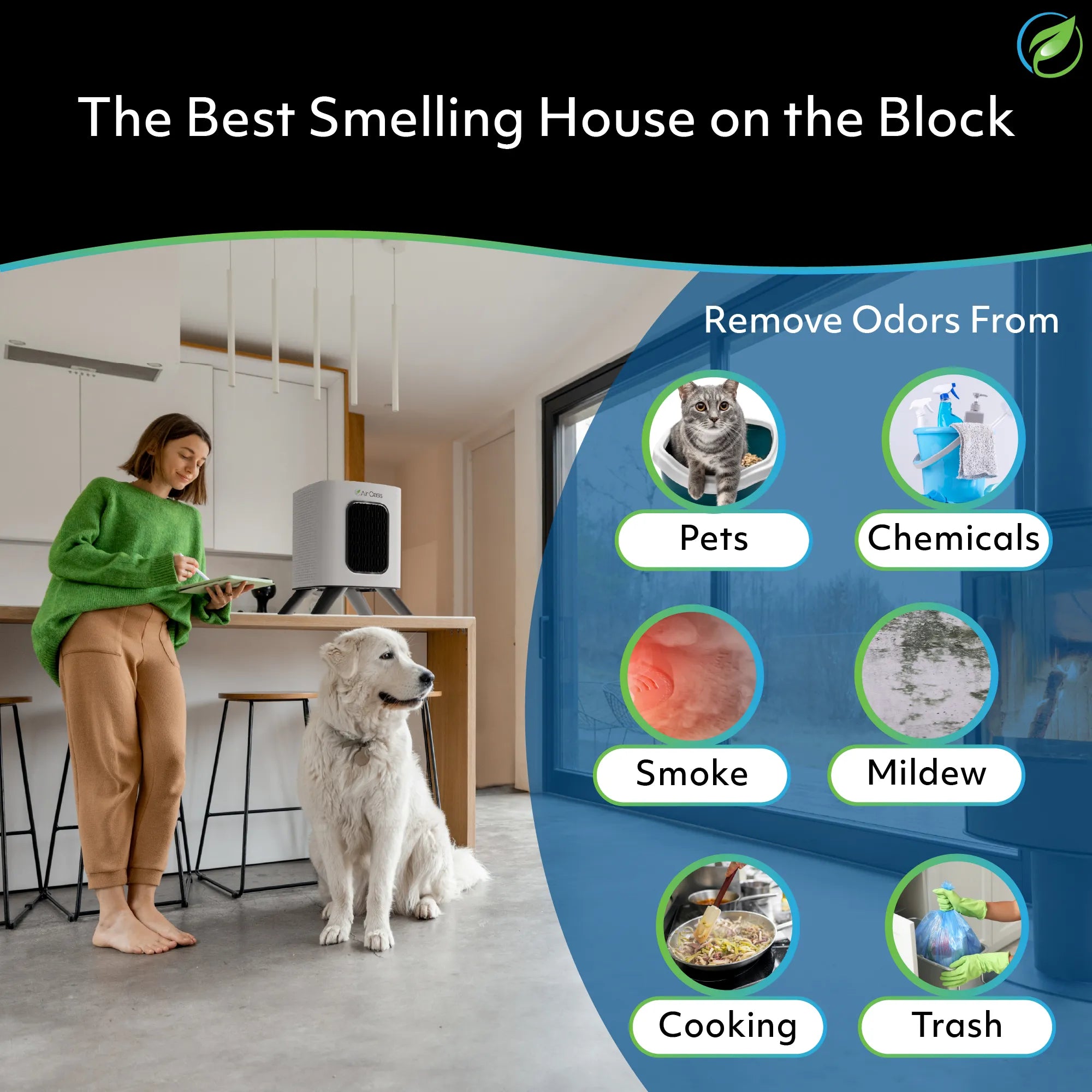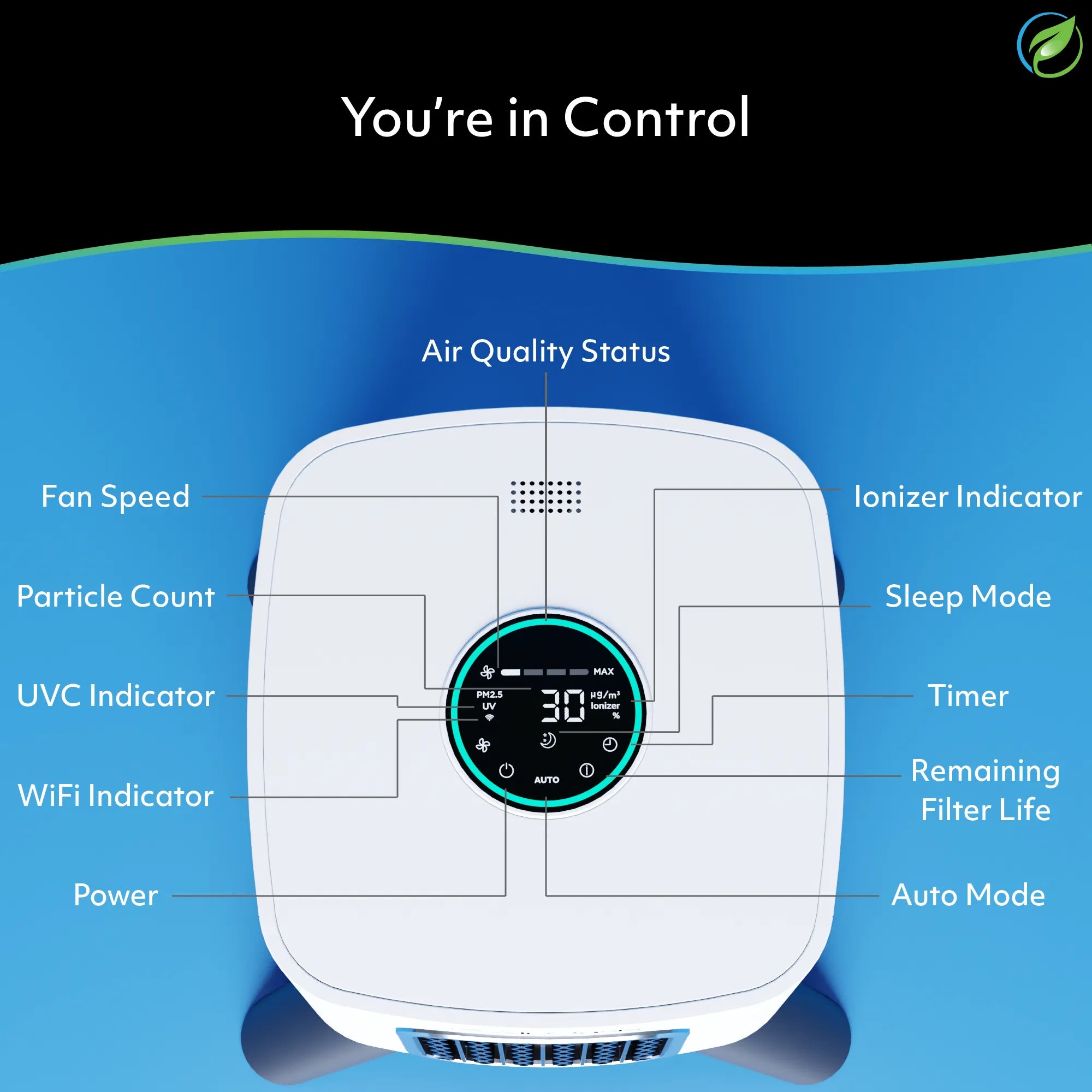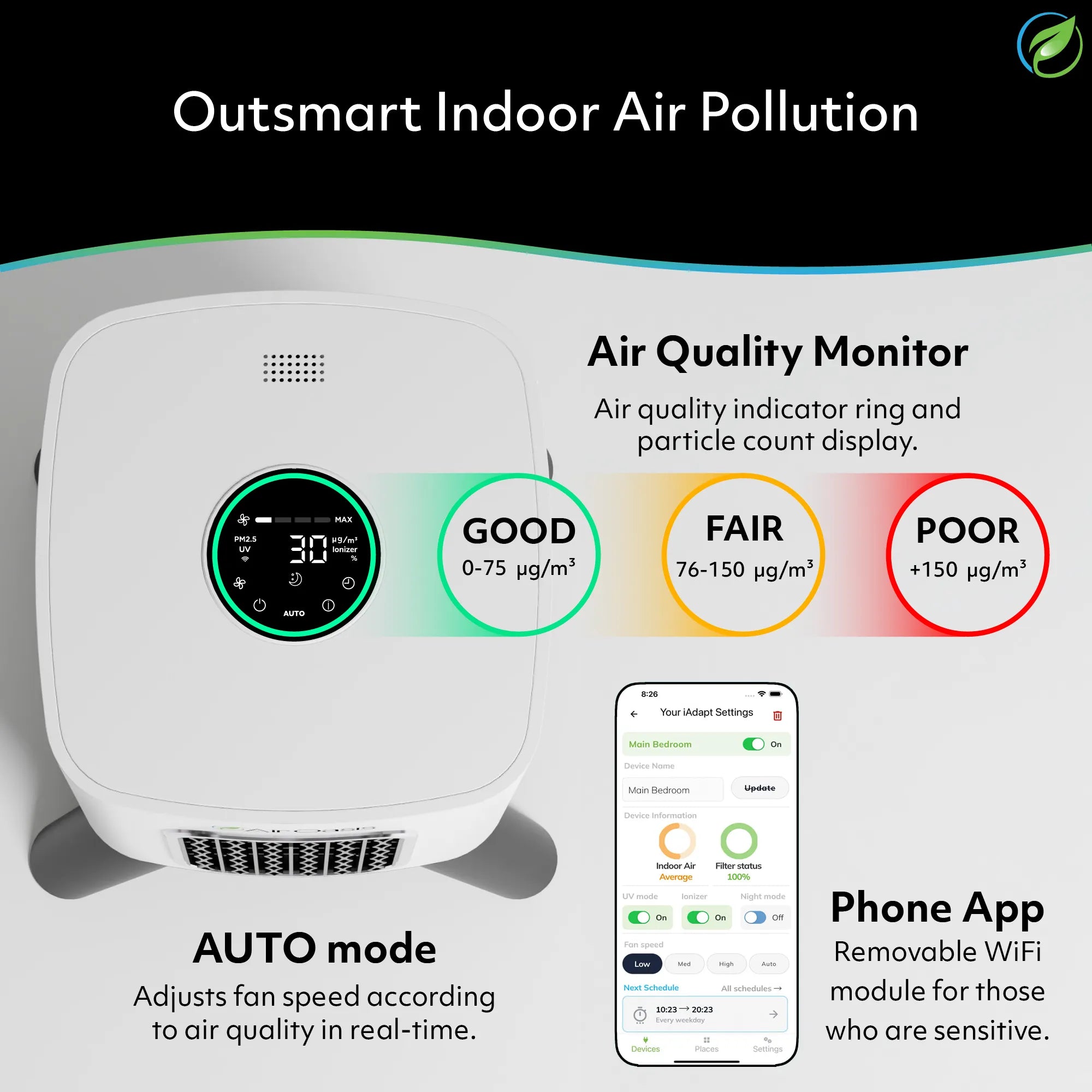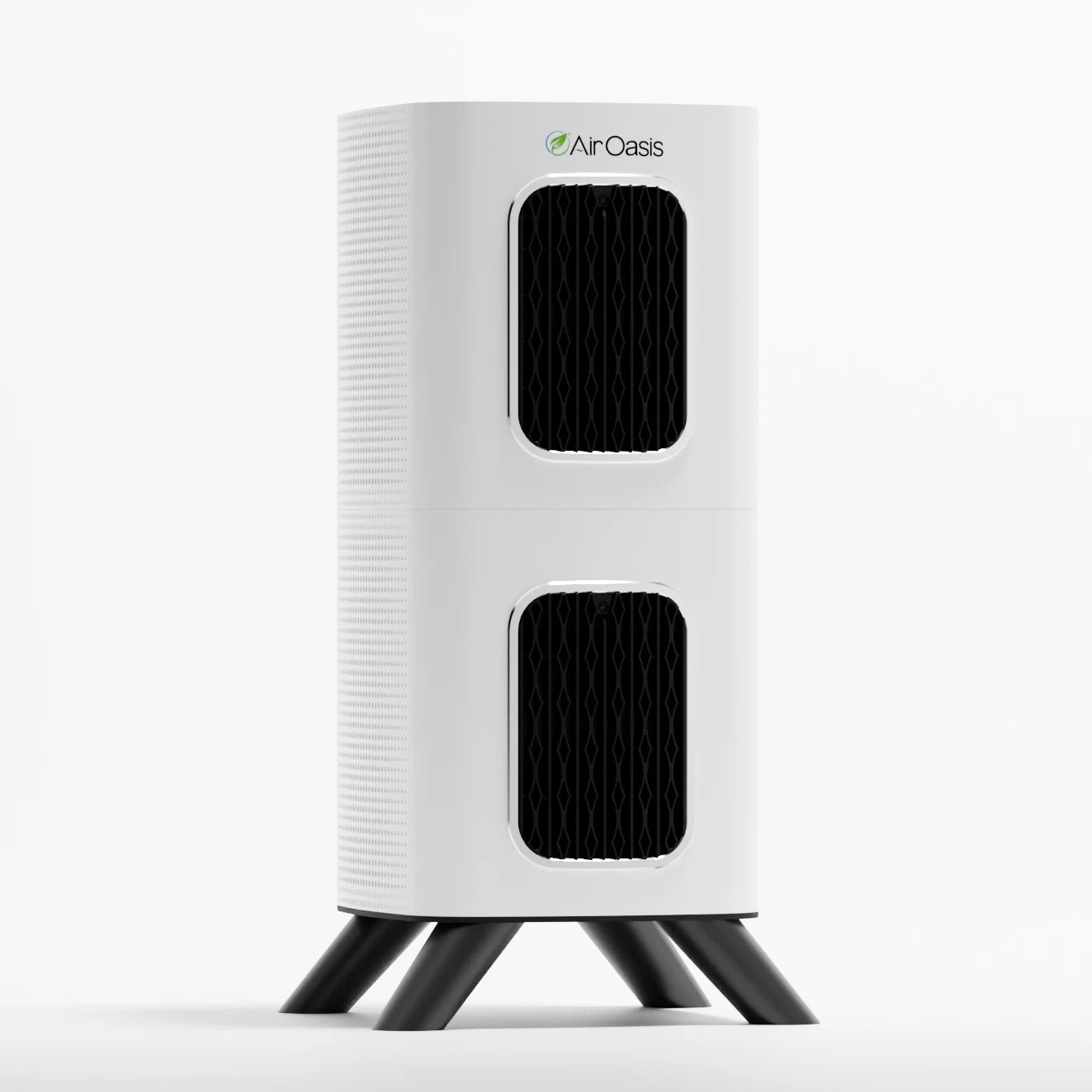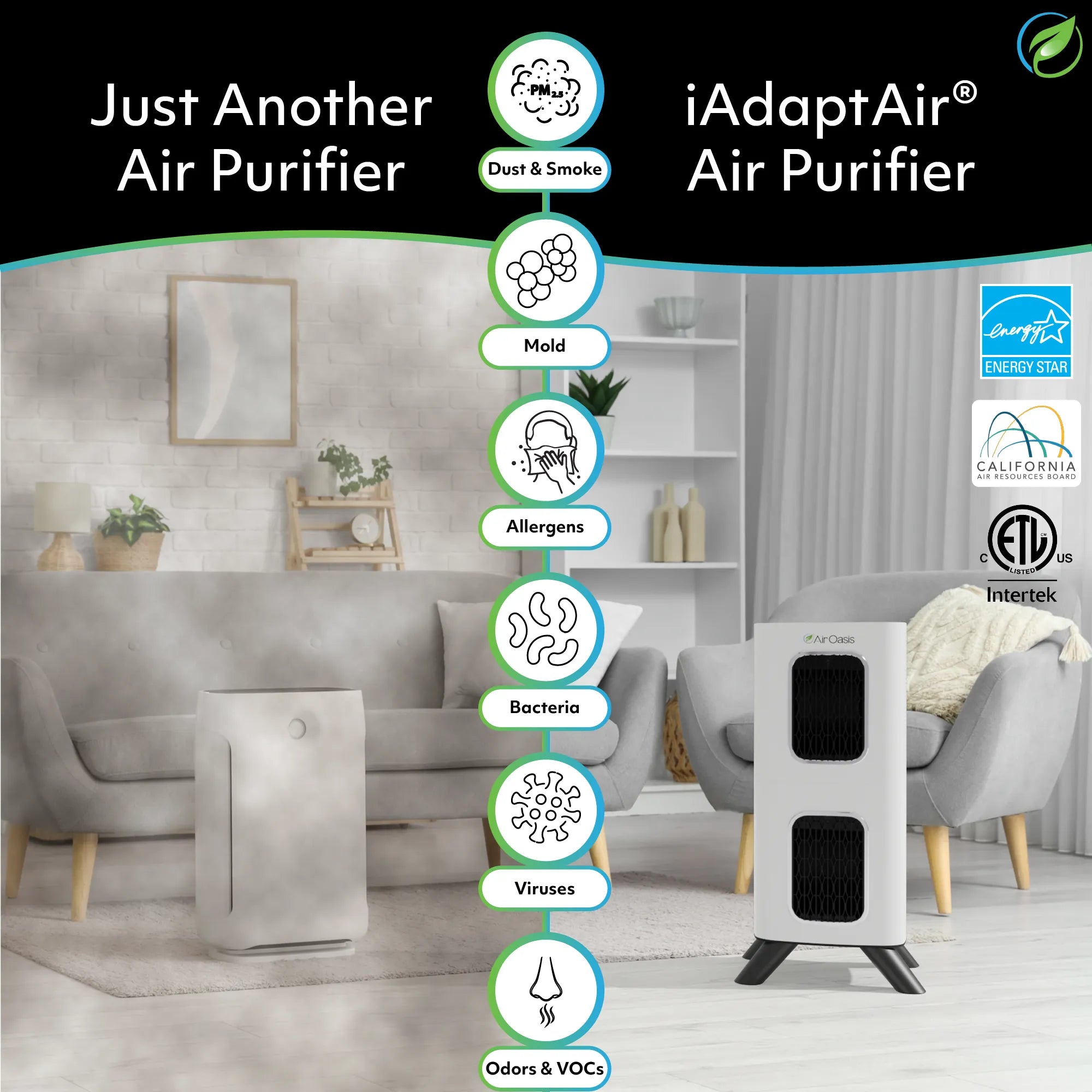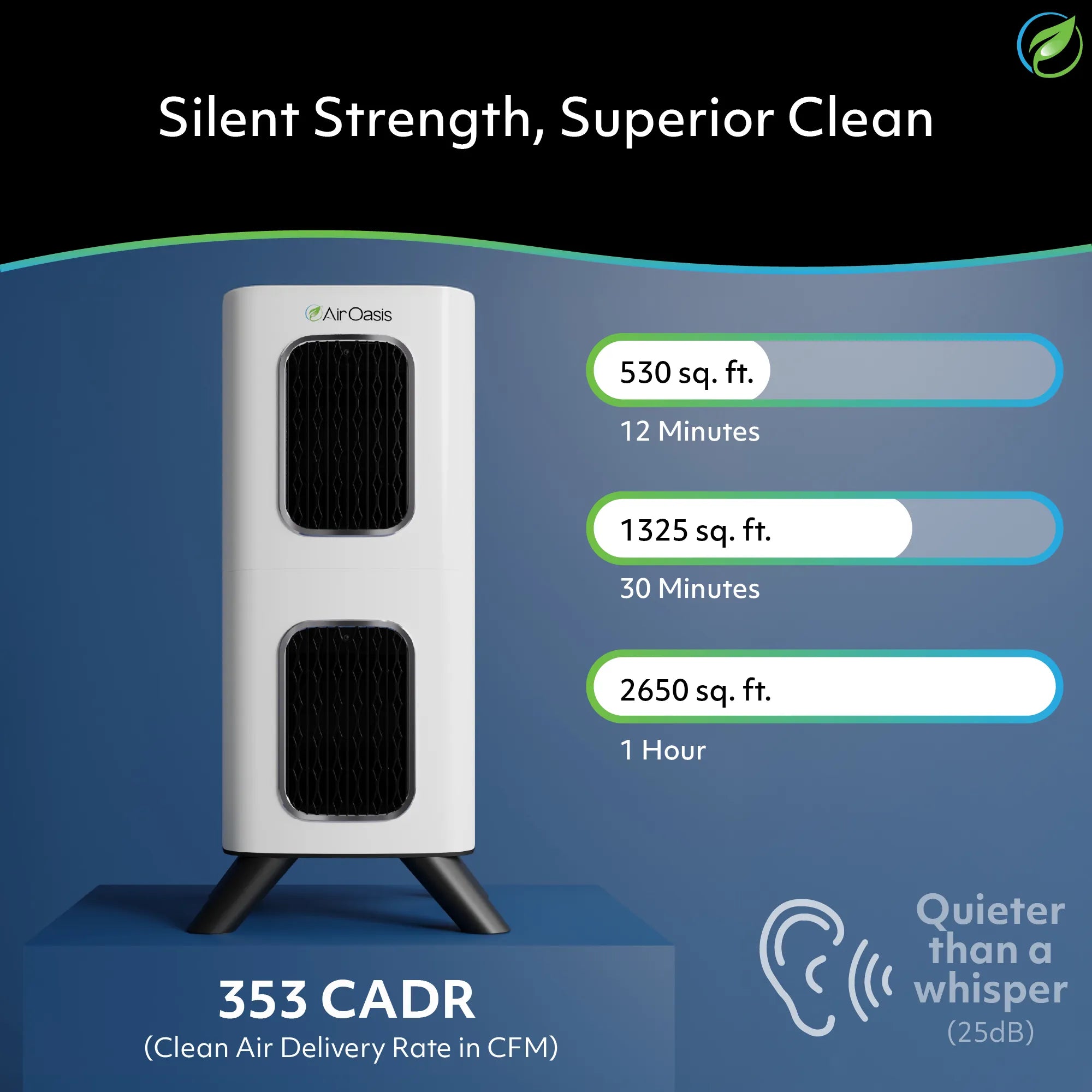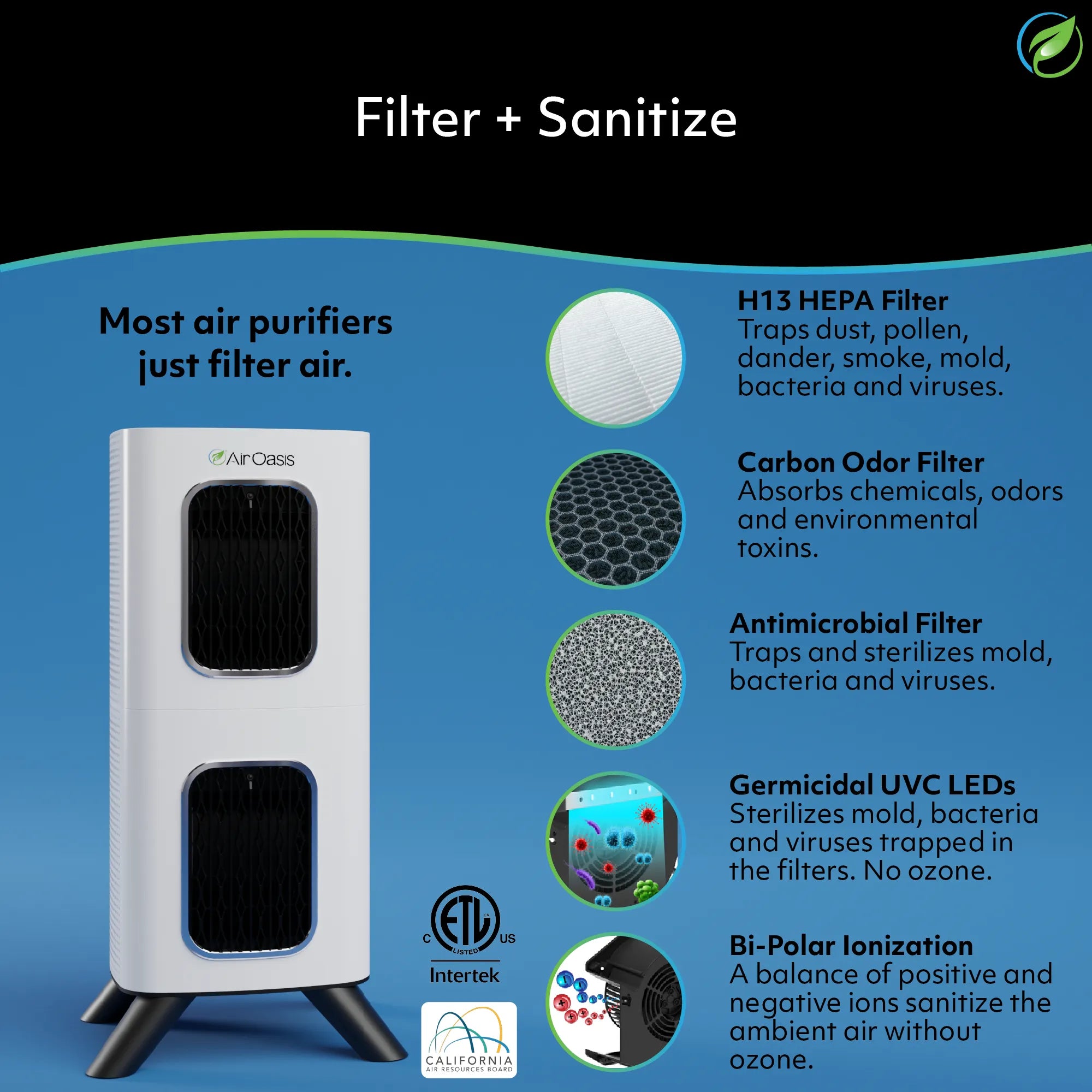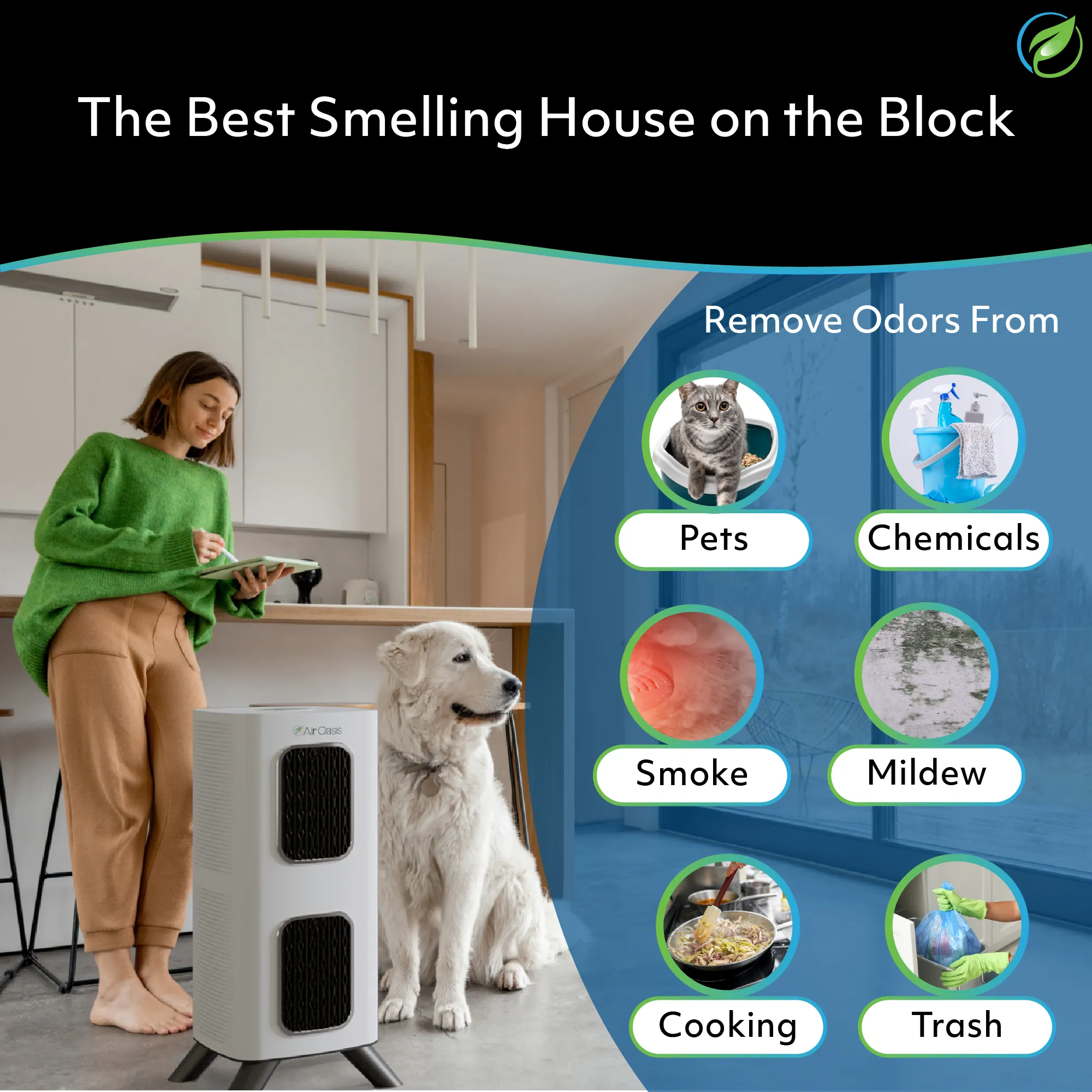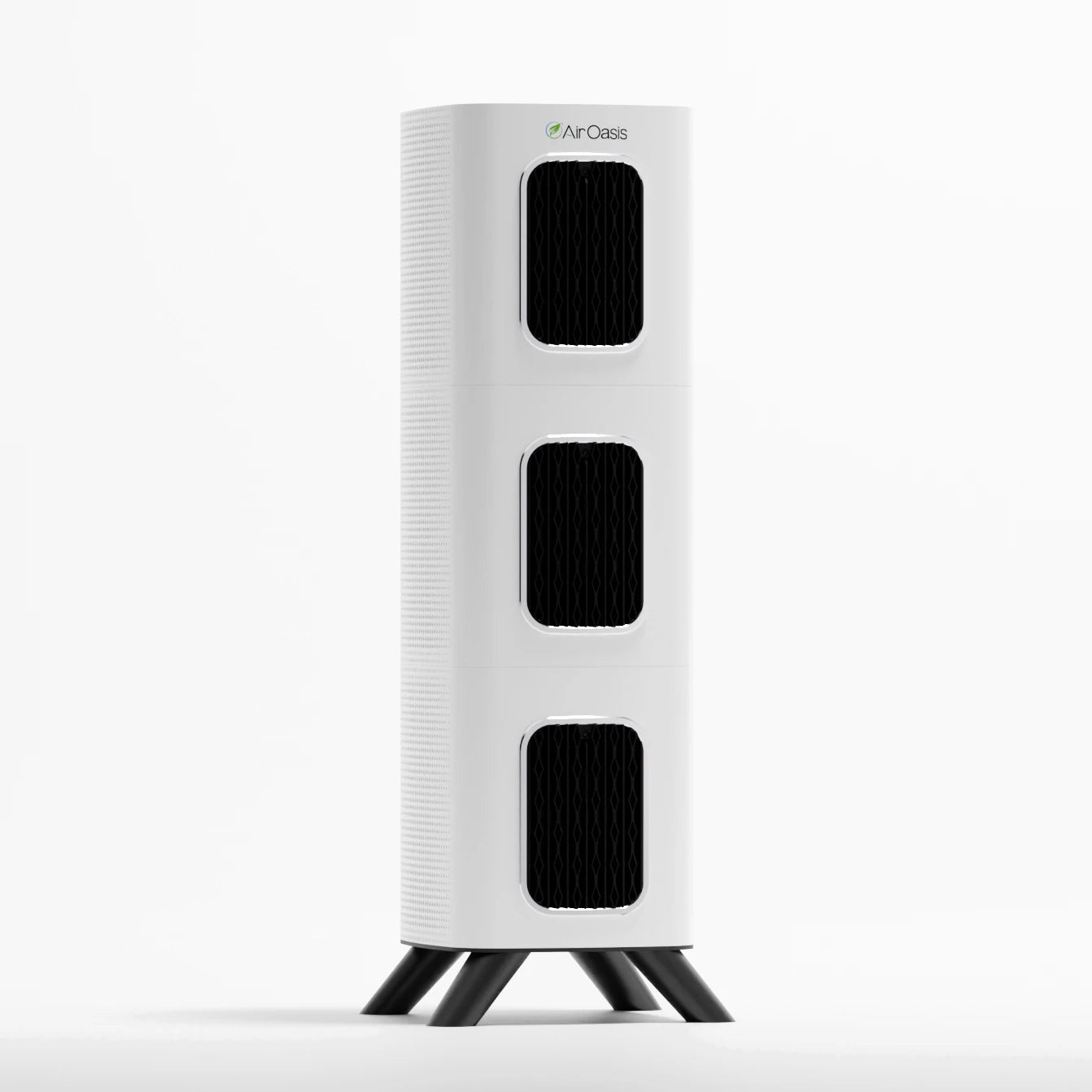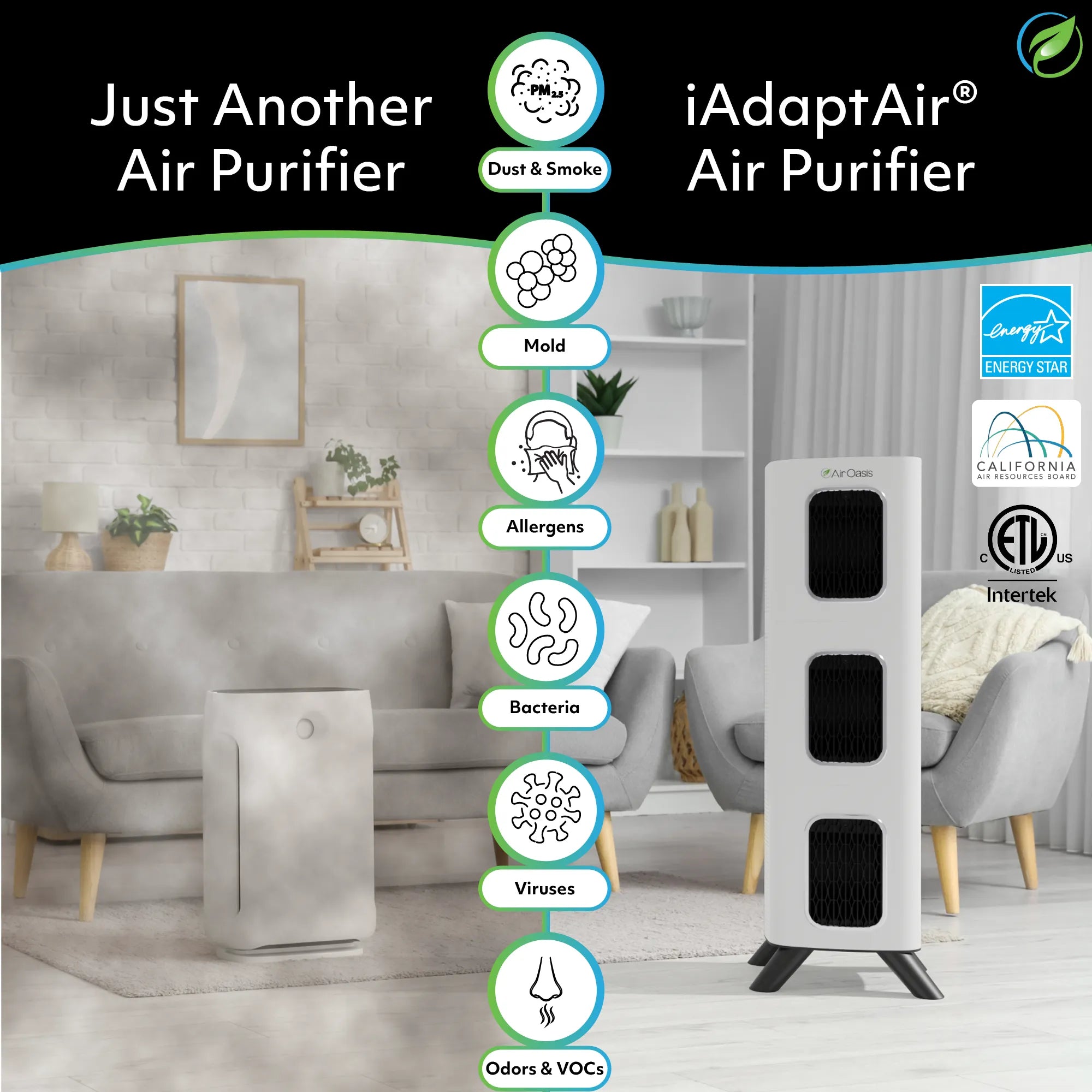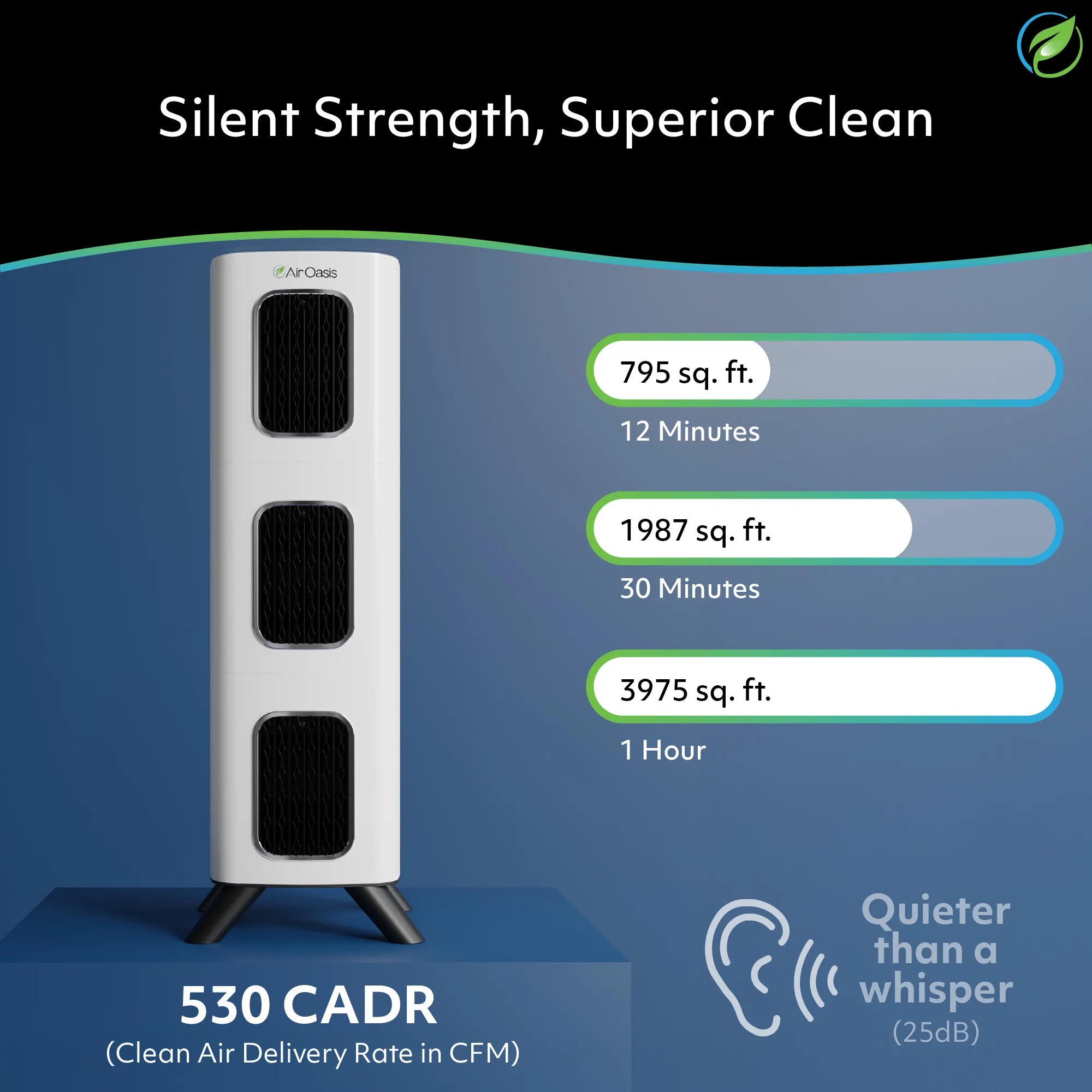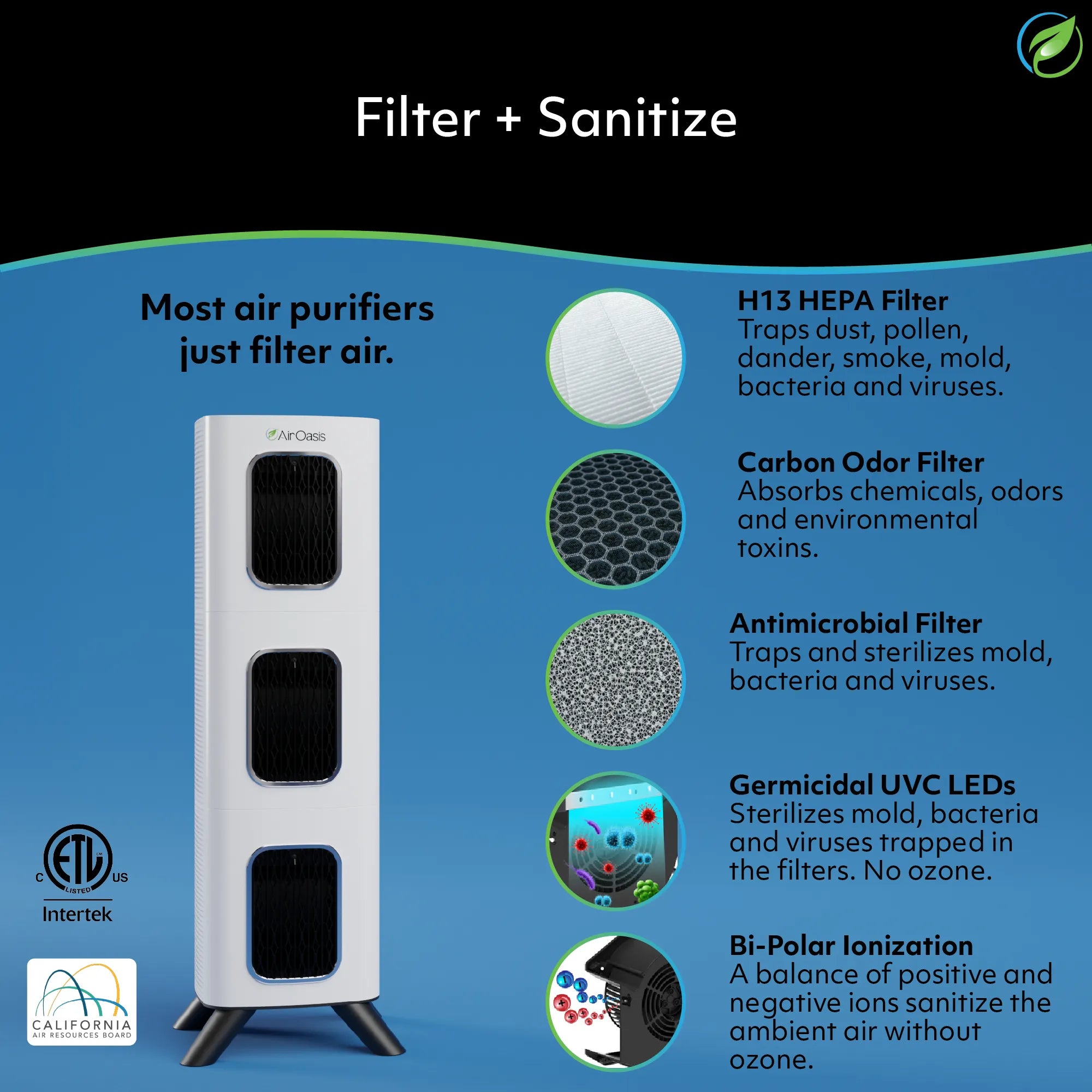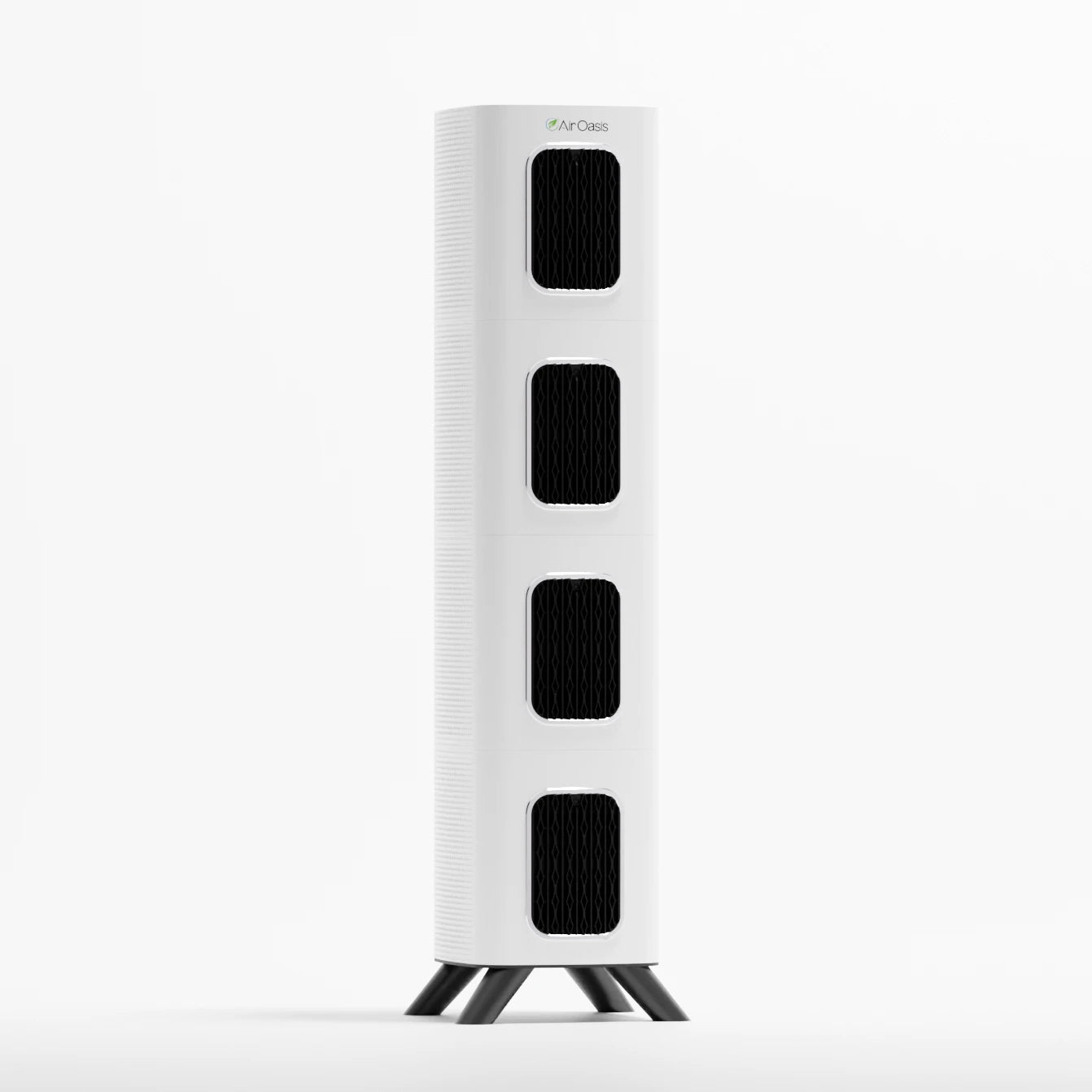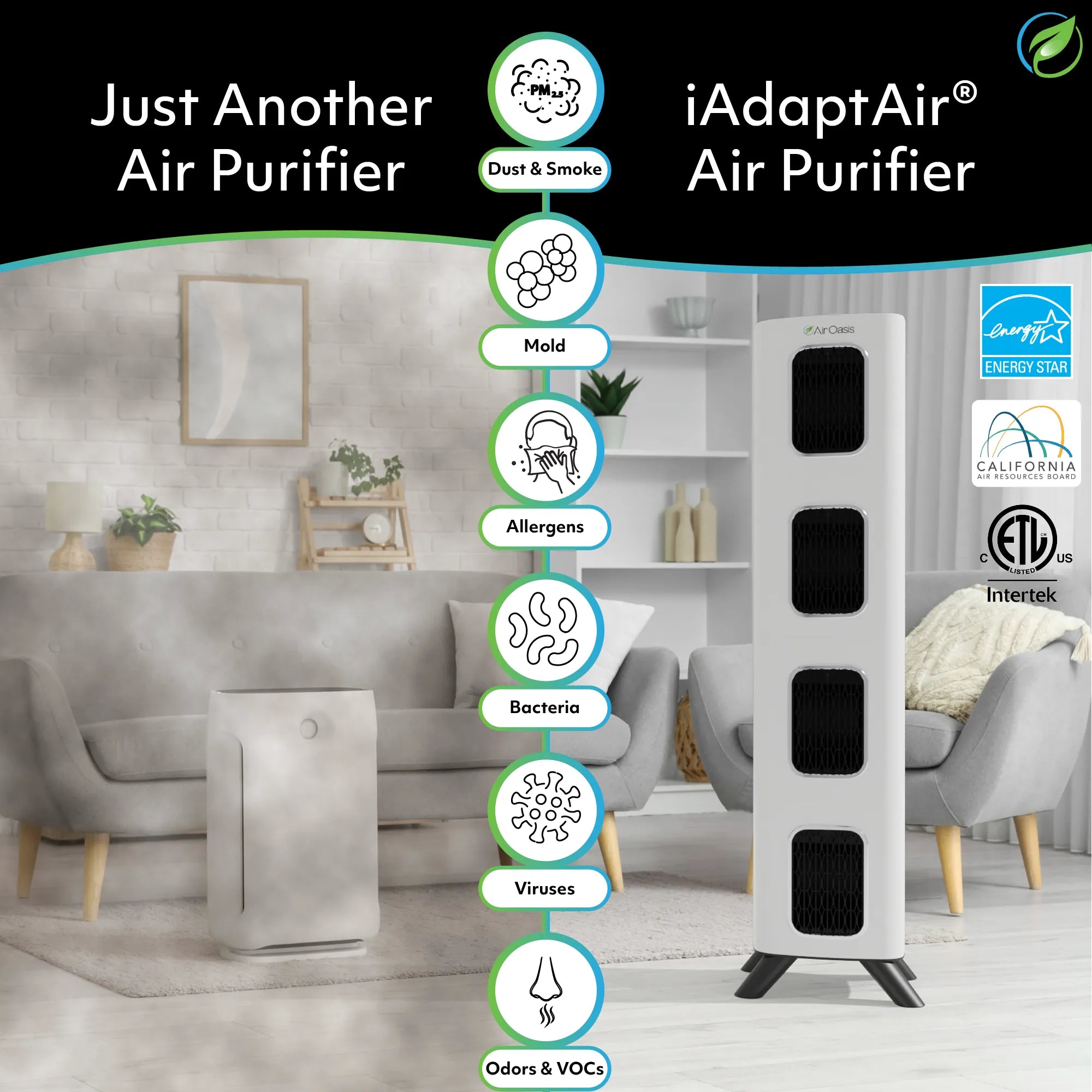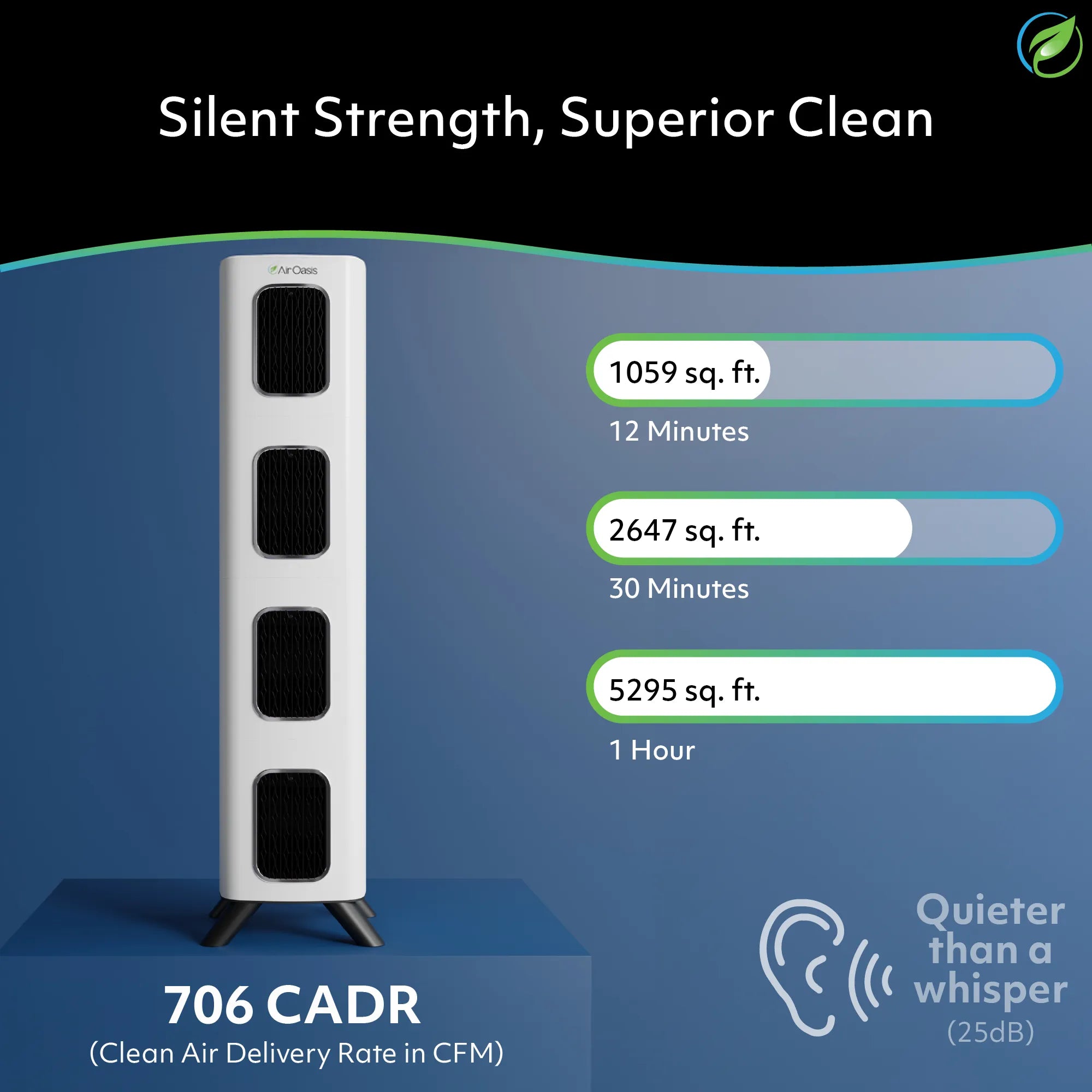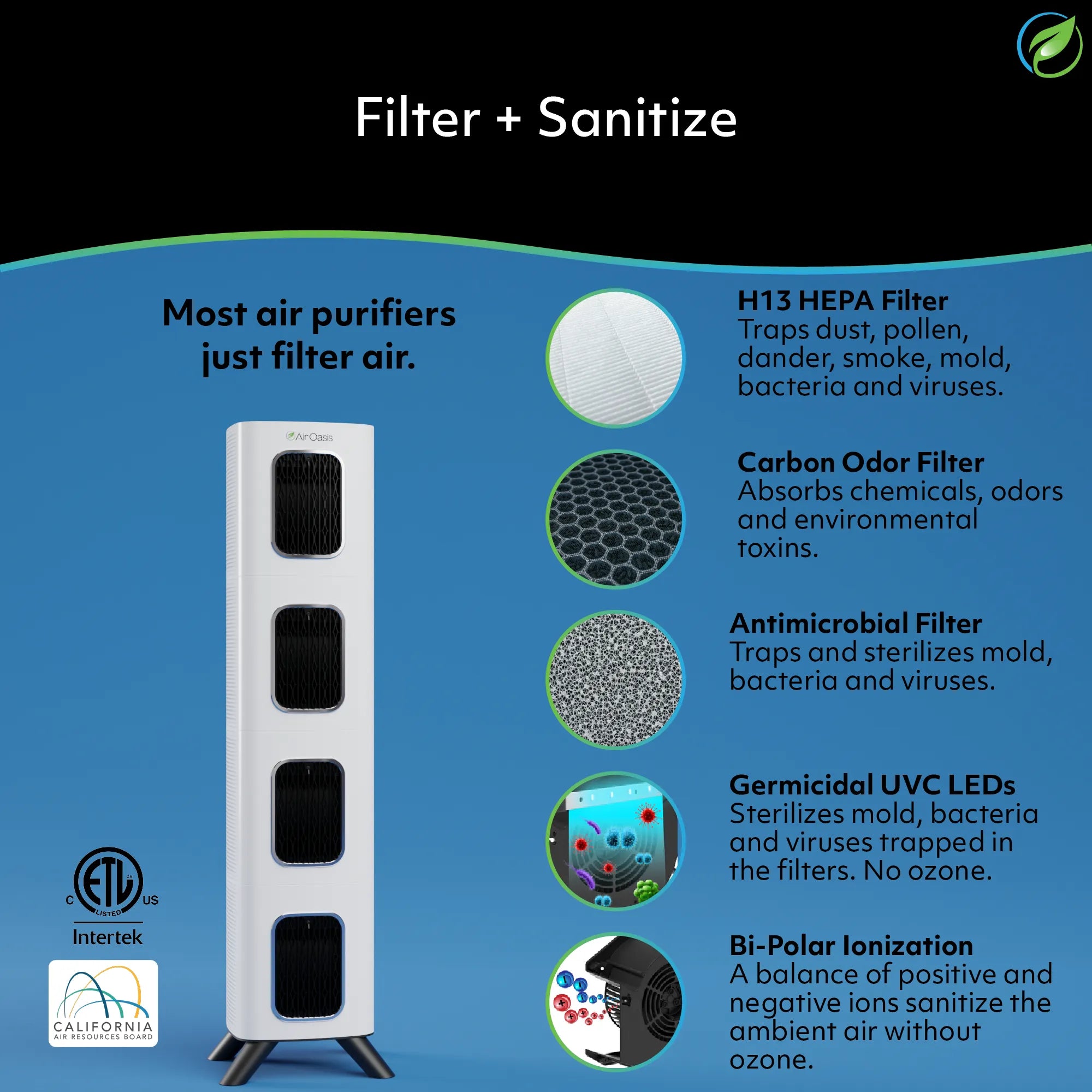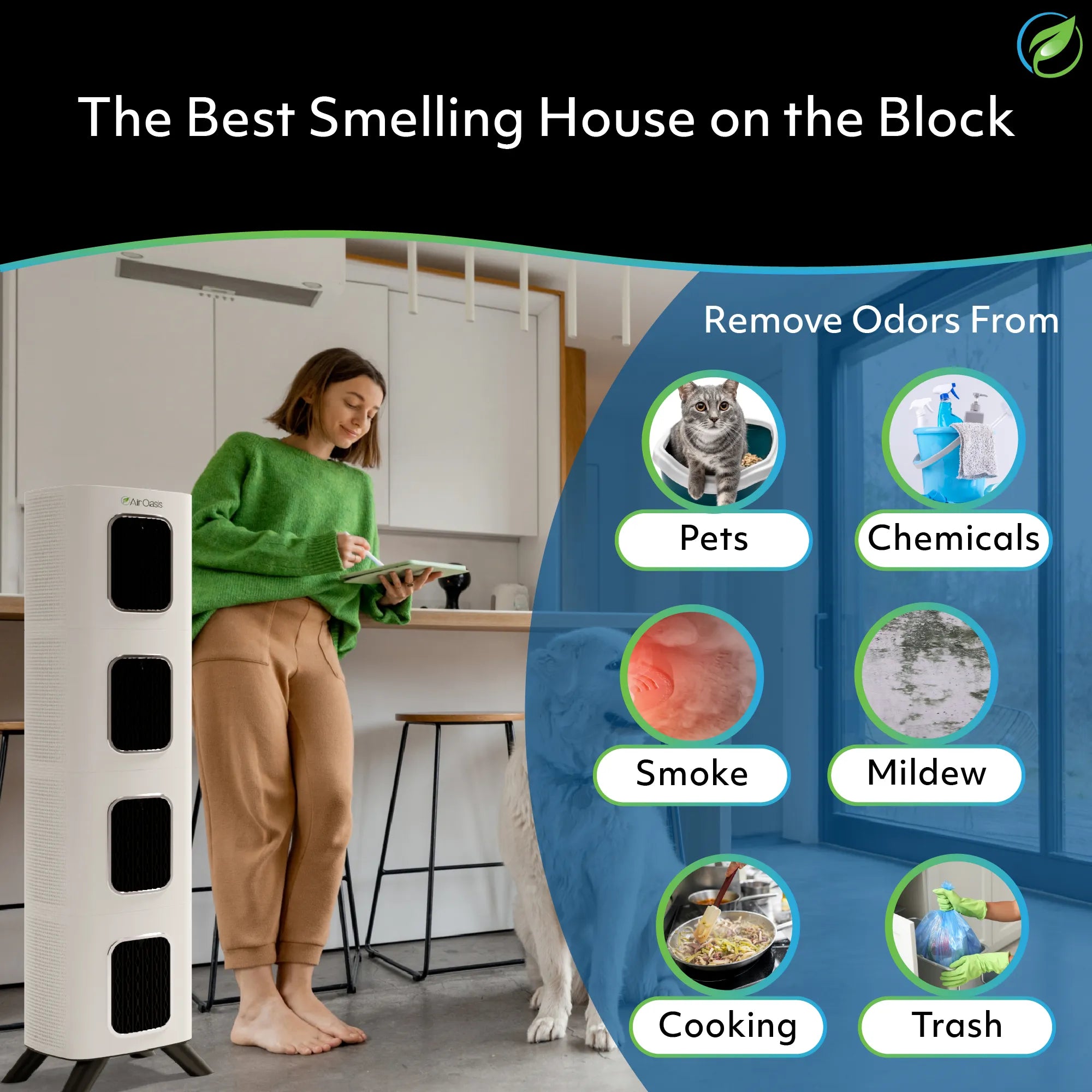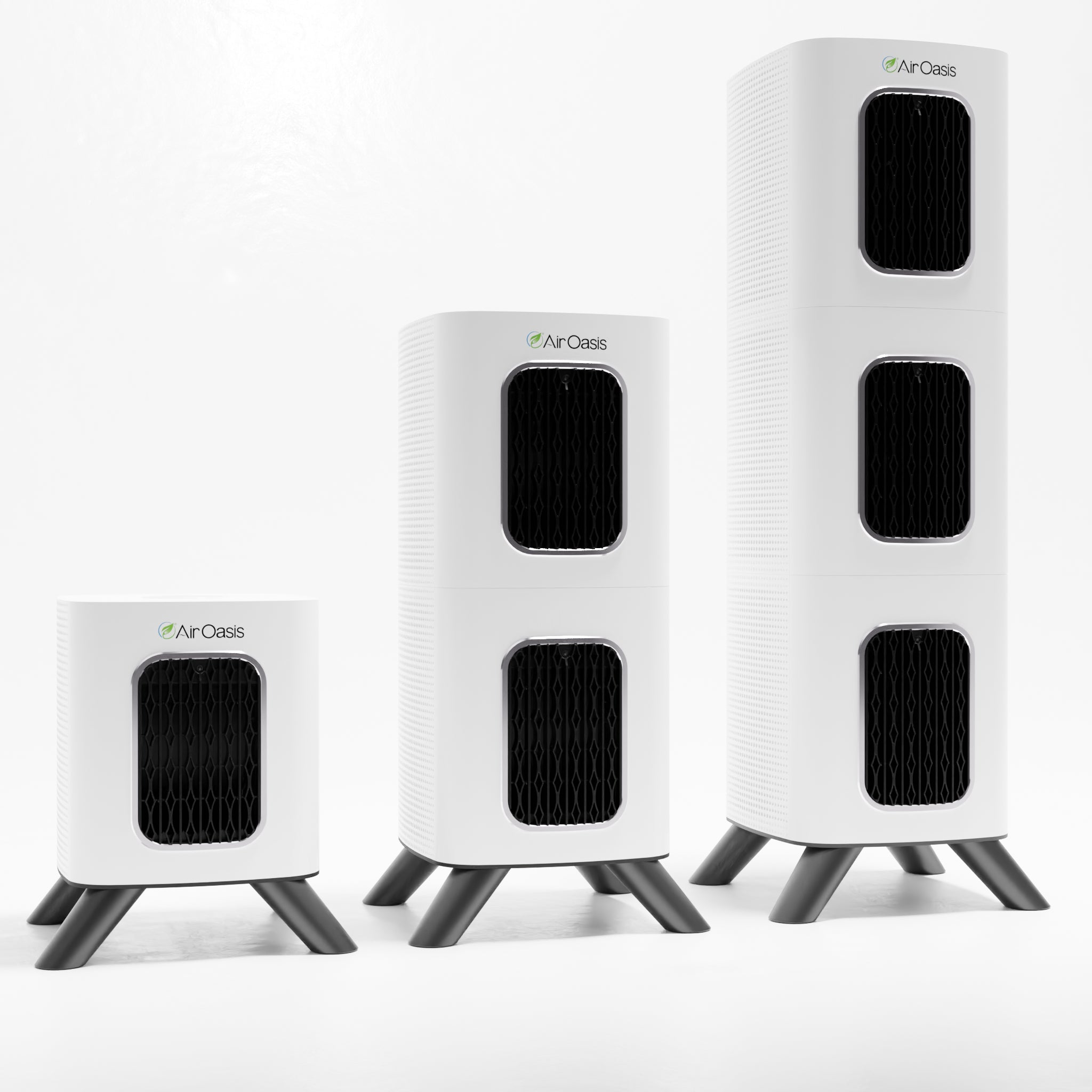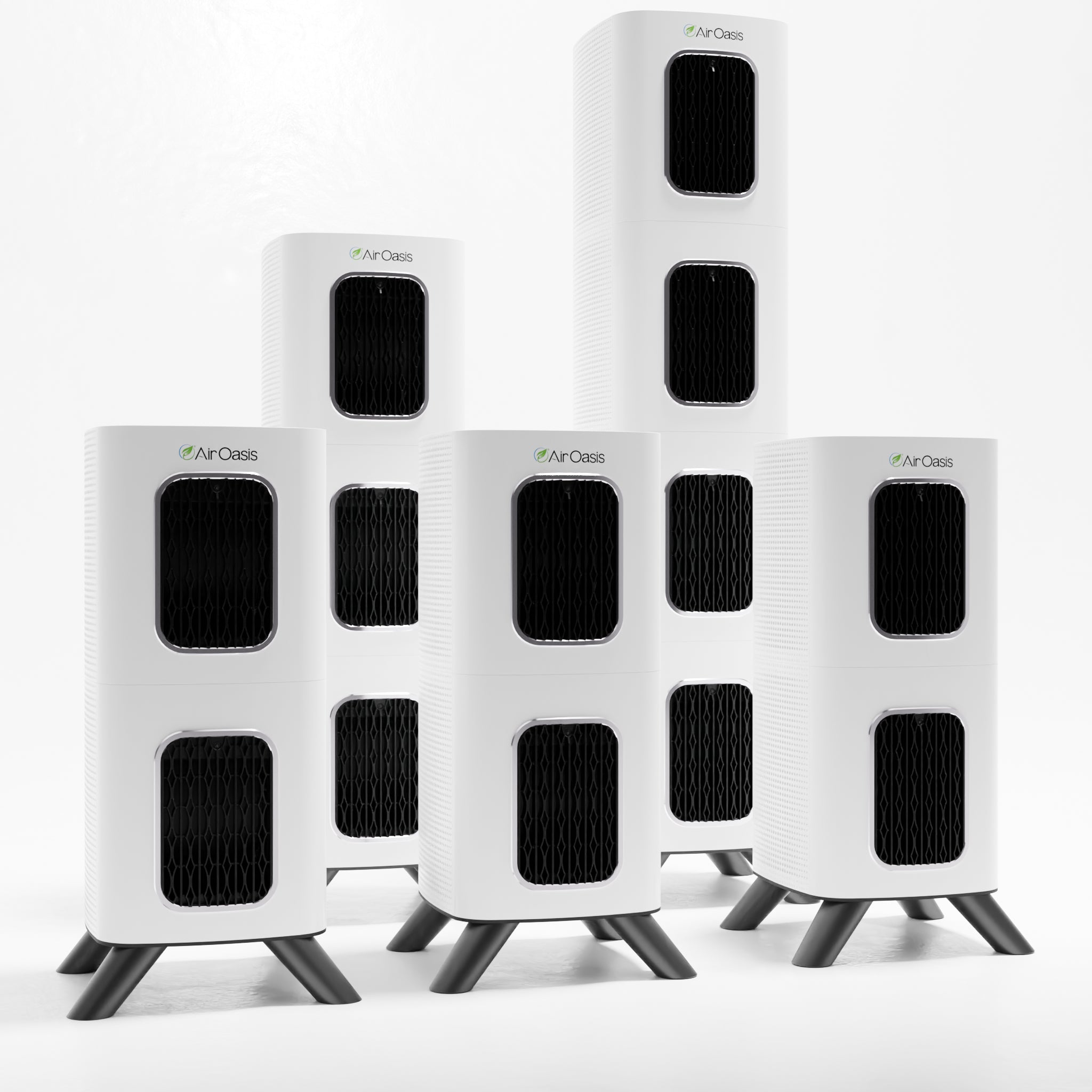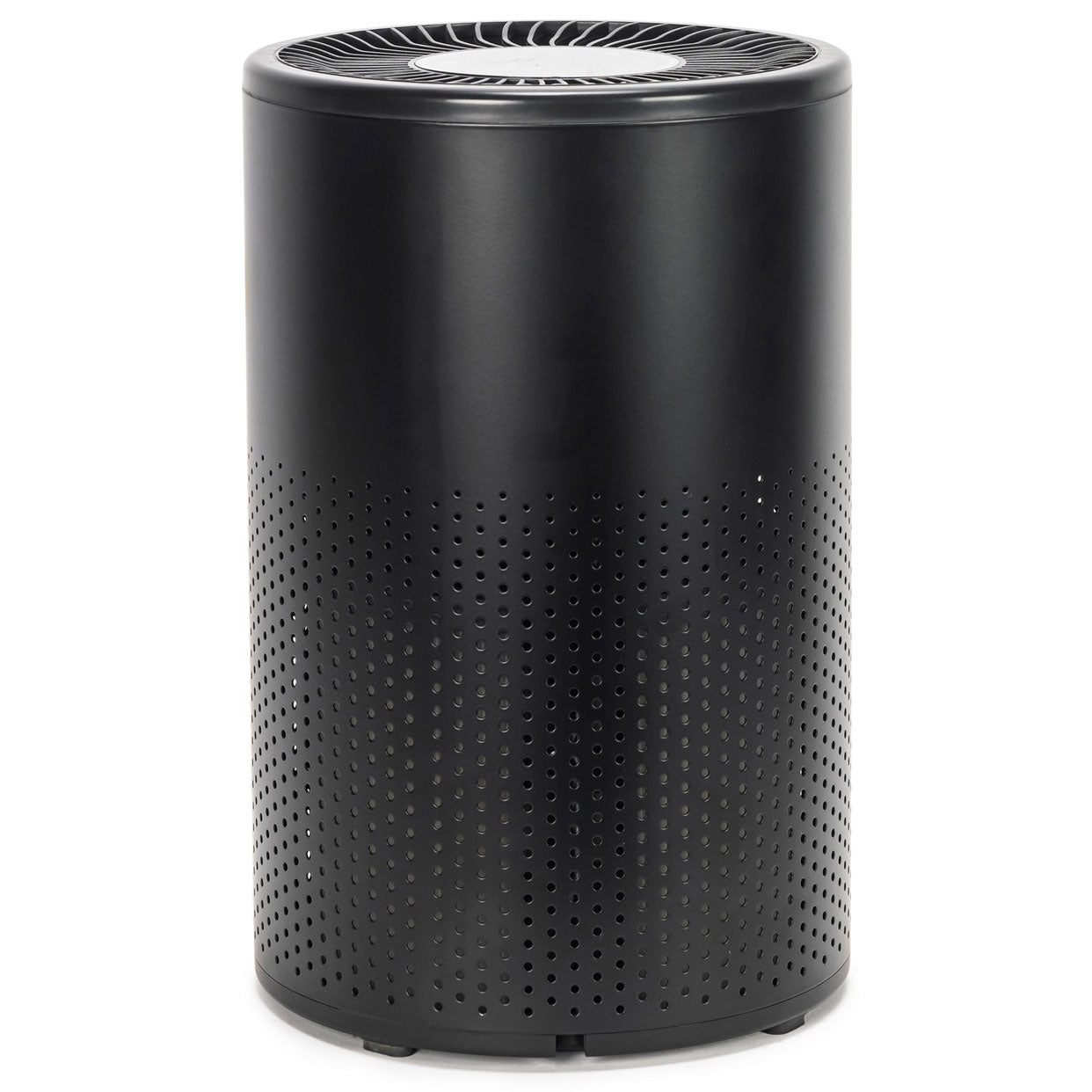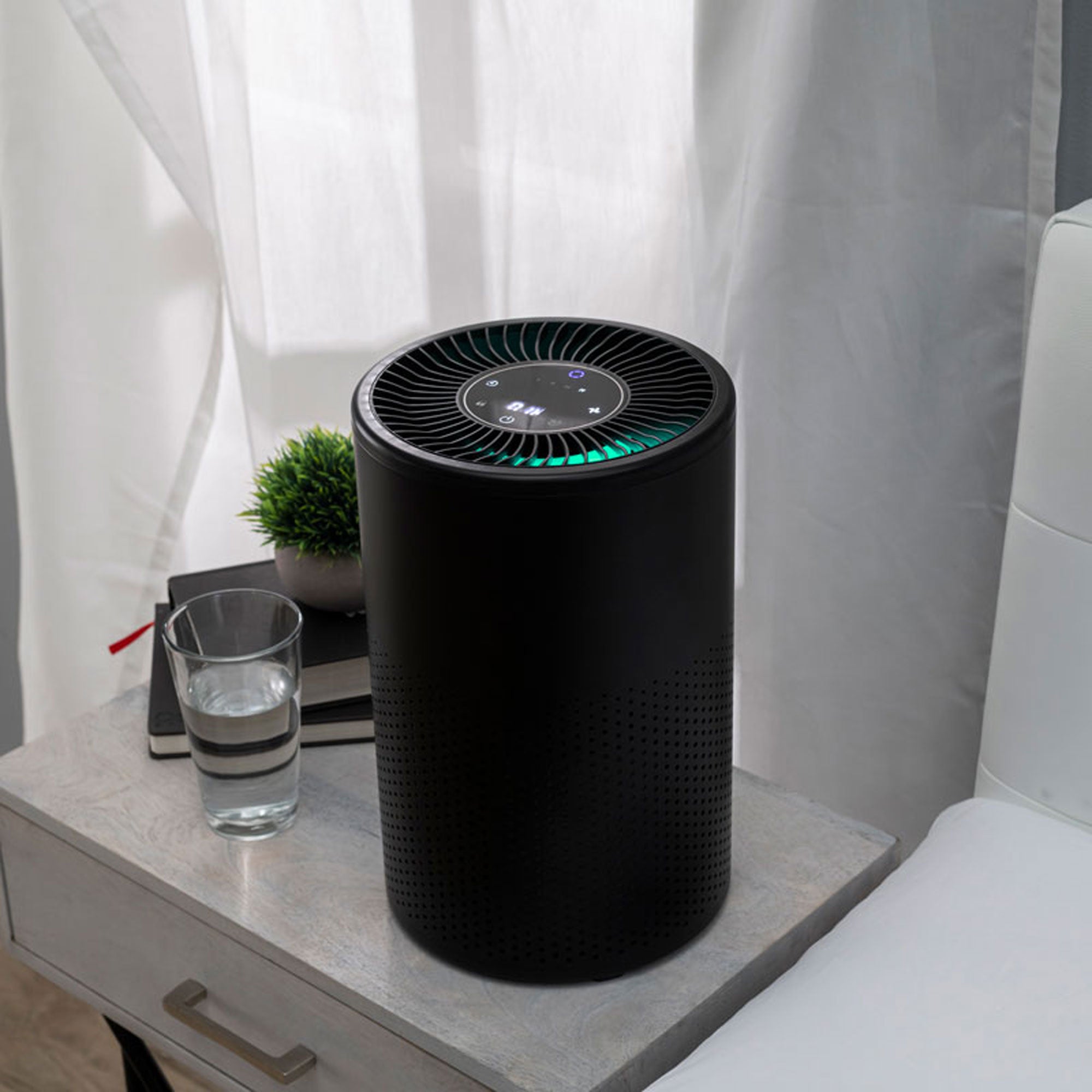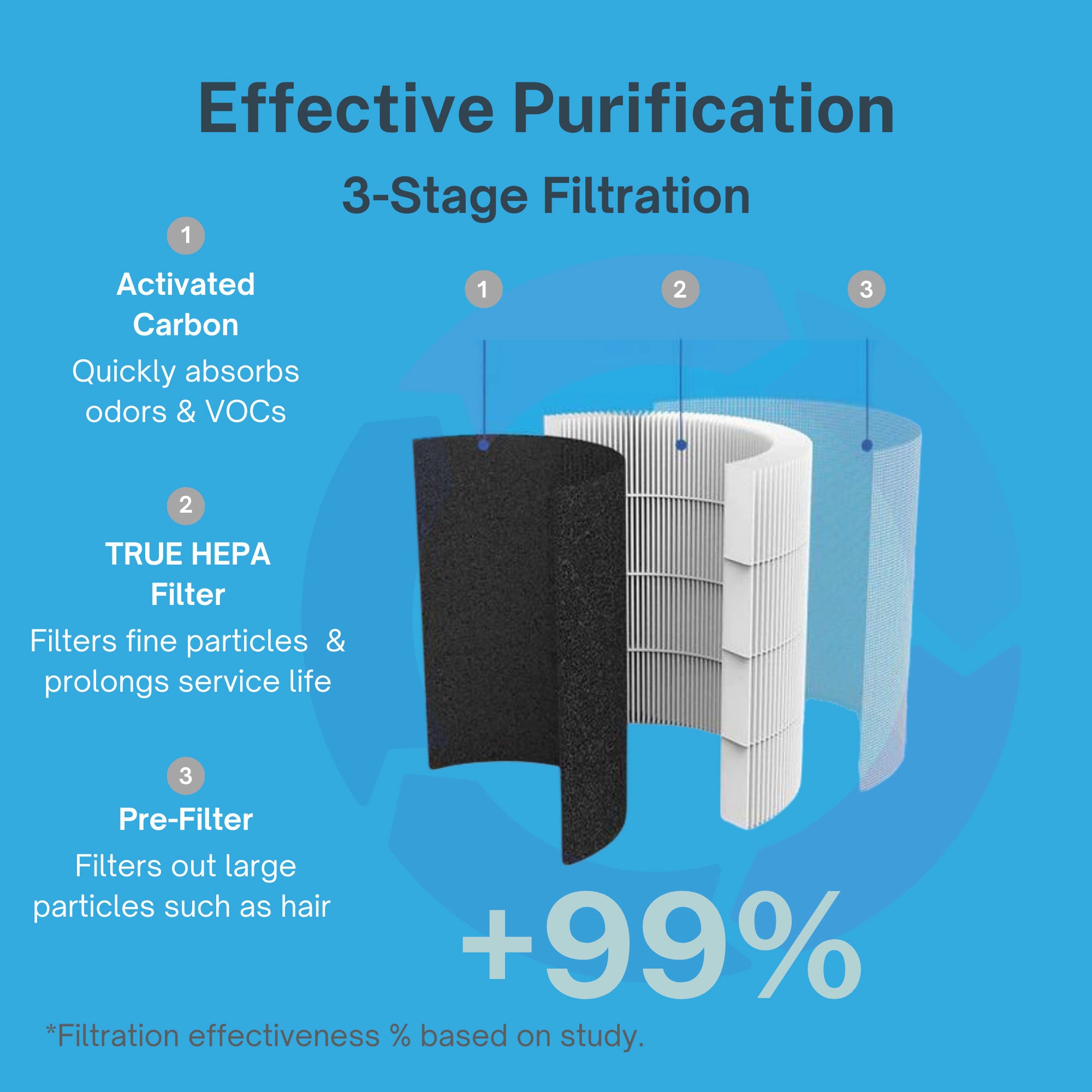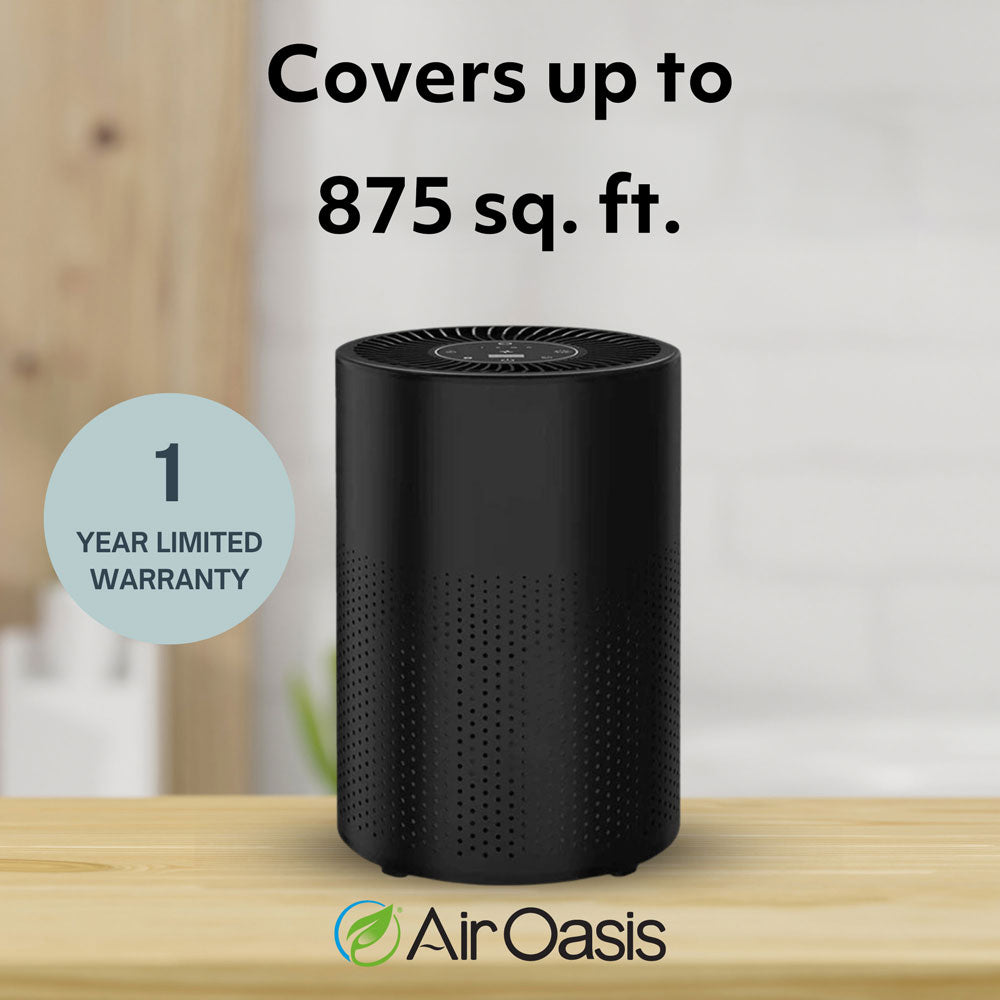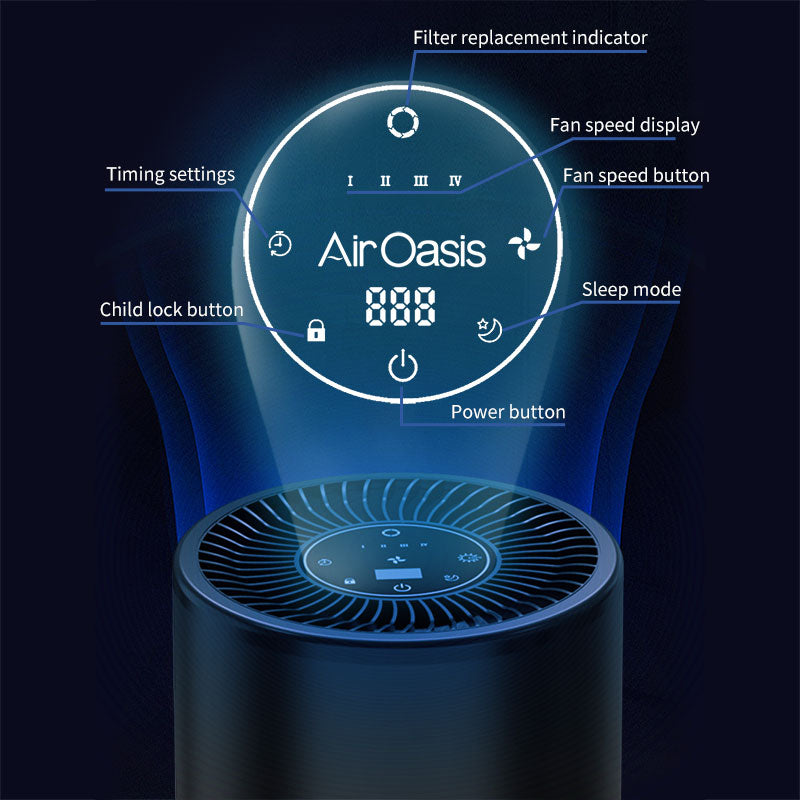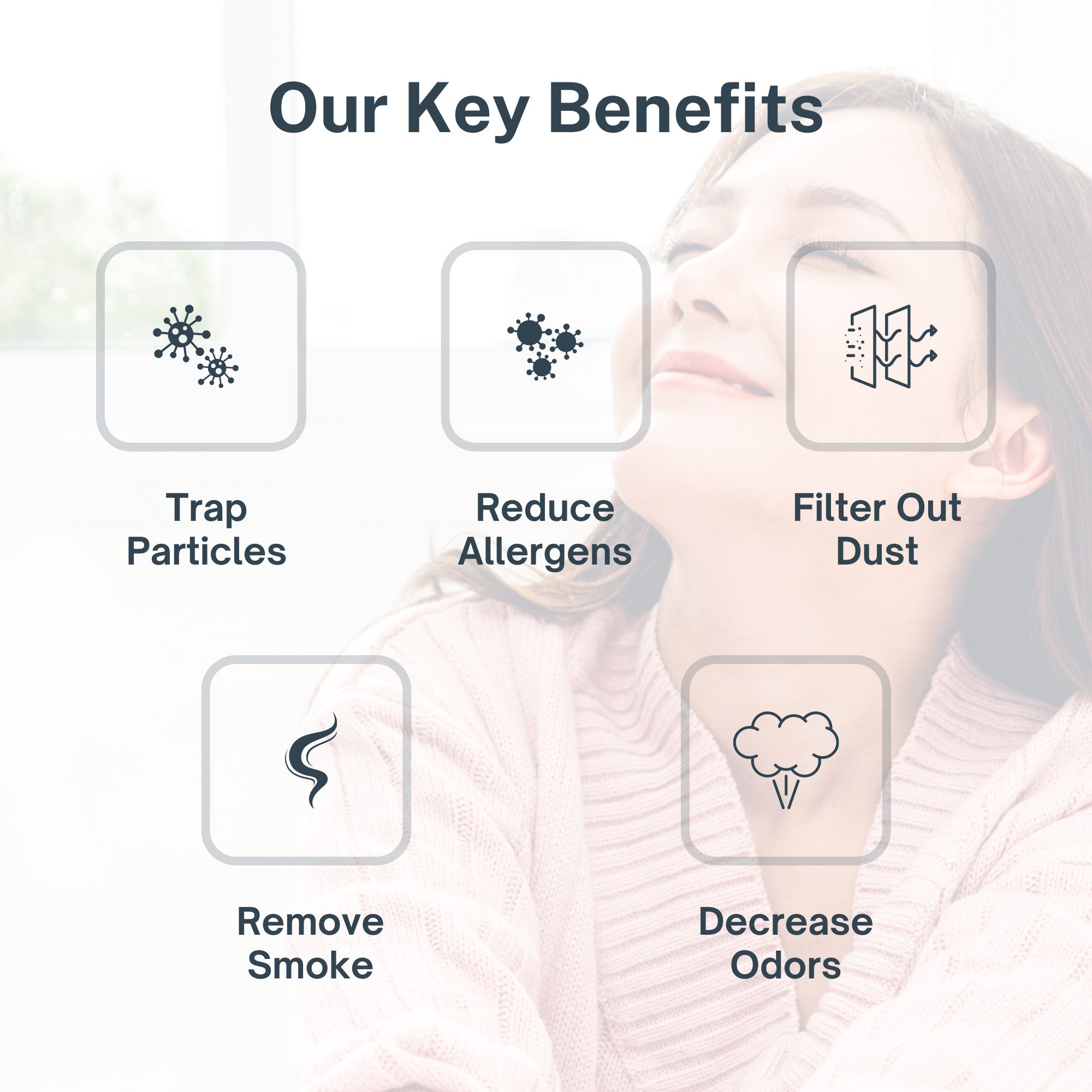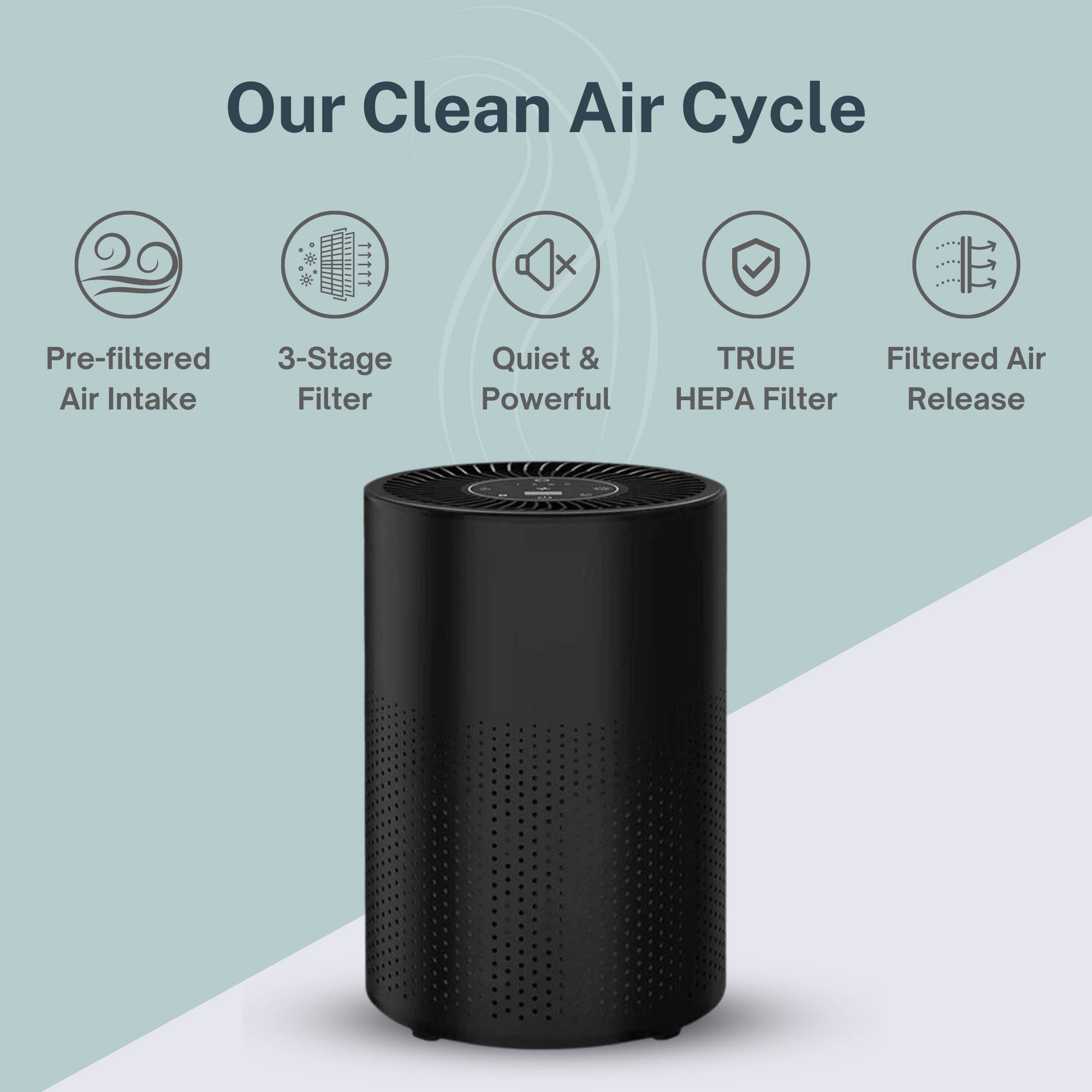Climate change and air pollution aren't separate problems. They're interconnected threats that feed each other in a dangerous cycle. The World Meteorological Organization's 2025 Air Quality and Climate Bulletin reveals how fossil fuel emissions, wildfires, and industrial activities simultaneously worsen both climate change and air quality. Understanding this relationship matters because it affects the air you breathe every day.
The Climate-Pollution Connection
Fossil fuel burning releases greenhouse gases that drive climate change. Those same activities produce air pollutants including black carbon, nitrogen oxides, and ground-level ozone. These pollutants don't just harm human health. They also accelerate climate warming, creating a feedback loop that intensifies both problems.
Black carbon particles absorb sunlight and warm the atmosphere. When they settle on snow and ice, they accelerate melting. Brown carbon from incomplete combustion has similar warming effects. These darker aerosols contribute significantly to atmospheric heating beyond carbon dioxide alone.
Climate change worsens air quality through multiple pathways. Rising temperatures increase ground-level ozone formation. Heat and drought fuel more intense wildfires that generate massive amounts of particulate matter. Changing weather patterns trap pollution in certain regions for longer periods.
The World Health Organization estimates ambient air pollution causes more than 4.5 million premature deaths annually worldwide. Climate change will likely increase this toll as warming temperatures create conditions that concentrate pollutants and extend wildfire seasons.
Particulate Matter: The Invisible Killer
Particulate matter measuring 2.5 micrometers or smaller poses the greatest health threat. These tiny particles penetrate deep into lungs and enter the bloodstream. They trigger respiratory problems, cardiovascular disease, strokes, and premature death.
Transportation, industry, and agriculture generate substantial particulate matter. Wildfires produce massive quantities during fire seasons. Wind-blown desert dust adds to the burden. The 2024 data shows pollution hotspots shifting globally based on these various sources.
Eastern China saw continued PM2.5 declines thanks to sustained mitigation efforts. Northern India experienced pollution hotspots from agricultural burning and industrial emissions. Wildfire activity elevated PM2.5 levels across Canada, Siberia, and central Africa. The Amazon basin showed the highest anomaly due to record wildfires and drought-fueled fires.
Climate warming ensures wildfire problems will intensify. Each fire season threatens infrastructure, ecosystems, and human health across expanding geographic areas. Communities hundreds or thousands of miles from fires breathe toxic smoke for weeks at a time.
Aerosols: Complex Climate Players
Aerosols have contradictory effects on climate depending on their composition. This complexity complicates both climate science and pollution control efforts.
Darker aerosols like black and brown carbon warm the atmosphere directly. They also warm surfaces where they deposit, accelerating ice and snow melt. These warming effects compound greenhouse gas impacts.
Brighter aerosols including sulfates reflect solar radiation back to space. This creates temporary atmospheric cooling. However, these particles eventually deposit as acid rain and snow, harming ecosystems and infrastructure.
Global aerosol concentrations rose from the 1950s through 1980s, then declined substantially in North America, Europe, and East Asia due to air quality regulations. They continue rising in South Asia, South America, and northern latitudes partly due to increasing wildfires.
International shipping regulations reducing sulfur emissions demonstrate the complexity. These rules improved air quality and reduced premature deaths and childhood asthma. However, removing sulfate aerosols' cooling effect slightly accelerated global warming. This trade-off illustrates why integrated approaches addressing both climate and air quality simultaneously produce better outcomes.
Regional Impacts: Winter Fog in South Asia
The Indo-Gangetic Plain exemplifies how pollution and climate interact to create new problems. This region houses over 900 million residents and ranks among the world's most densely populated agricultural areas.
Winter fog episodes have increased in frequency and duration. While fog occurs seasonally, pollution from vehicles, construction, heating, livestock, and vegetation burning now sustains it longer. The fog traps pollution close to the ground, creating hazardous breathing conditions for hundreds of millions of people.
Persistent fog is no longer simply seasonal weather. It's a symptom of escalating human environmental impact. Agricultural residue burning, inefficient heating and cooking fuels, and vehicle emissions combine to create conditions where fog becomes a public health emergency.
Solutions require comprehensive strategies. Enforcing regulations against crop residue burning helps. Promoting cleaner energy for cooking, heating, and lighting reduces emissions. Improving public transportation systems decreases vehicle pollution. Each measure addresses both immediate air quality and long-term climate impacts.
Cross-Border Pollution Challenges
Air pollution respects no national borders. Wildfires in the Amazon basin degraded air quality in distant Brazilian cities. Canadian wildfire smoke traveled thousands of miles, affecting air quality across the eastern United States. Saharan dust crosses the Atlantic Ocean, impacting air quality in the Caribbean and Americas.
These cross-border impacts demand international coordination. Individual nations can't solve air quality problems created elsewhere. Monitoring networks must share data globally. Forecasting systems need to track pollution movement across continents. Mitigation strategies require cooperation between countries affecting and affected by pollution sources.
The WMO emphasizes that improved monitoring infrastructure is vital for risk management and forecasts. Satellites provide critical insights, but ground-based monitoring networks remain essential for calibration and validation. Developing countries particularly need enhanced monitoring infrastructure to understand and address their air quality challenges.
What You Can Control
You can't personally solve global climate change or eliminate international air pollution. You can protect yourself and your family from the health impacts of deteriorating air quality.
Climate change will continue worsening air quality for decades even with aggressive emissions reductions. Wildfire seasons will lengthen and intensify. Heat waves will increase ground-level ozone formation. Pollution episodes will become more frequent and severe.
Your home provides the one environment you can control. Outdoor air quality fluctuates based on fires, weather, and pollution sources. Indoor air quality depends on the protection systems you implement.
Medical-grade air purification removes particulate matter regardless of its source. True HEPA filtration captures wildfire smoke, industrial emissions, and vehicle exhaust particles. Activated carbon filters absorb gases and volatile organic compounds. Multiple filtration stages address the complex mixture of pollutants created by climate-air quality interactions.
Strategic home air quality management protects your health during pollution episodes. When wildfires rage hundreds of miles away, your indoor air remains clean. During temperature inversions that trap urban pollution, you breathe safely inside. When drought-driven dust storms strike, your family stays protected.
A Long-Term Health Investment
The WMO bulletin confirms what air quality experts have warned: climate change and air pollution form a vicious cycle that threatens global health. Breaking this cycle requires international cooperation, emissions reductions, and comprehensive policy changes that may take decades to fully implement.
You need protection now. Your respiratory health can't wait for global solutions. Every breath matters when particulate matter concentrations spike. Every pollution episode causes cumulative damage that adds up over years.
Taking control of your indoor air quality isn't giving up on climate solutions. It's acknowledging reality and protecting your family while society addresses the larger problems. You deserve to breathe clean air regardless of what's happening outside.
Ready to protect your family from the interconnected threats of climate change and air pollution? Advanced air purification removes particulate matter and pollutants that threaten your health today and tomorrow. Shop Air Oasis today and breathe confidently despite the vicious cycle affecting outdoor air quality worldwide.


